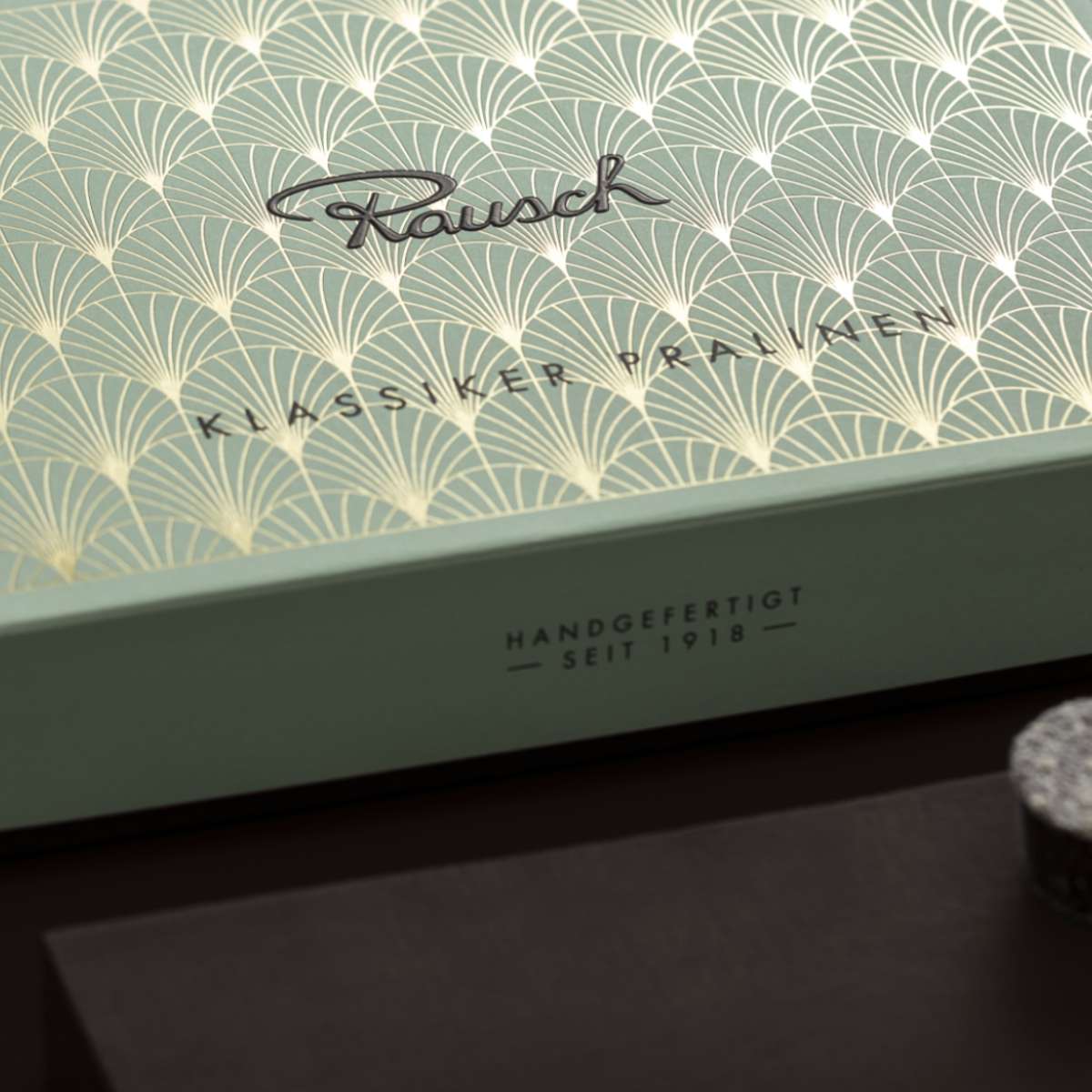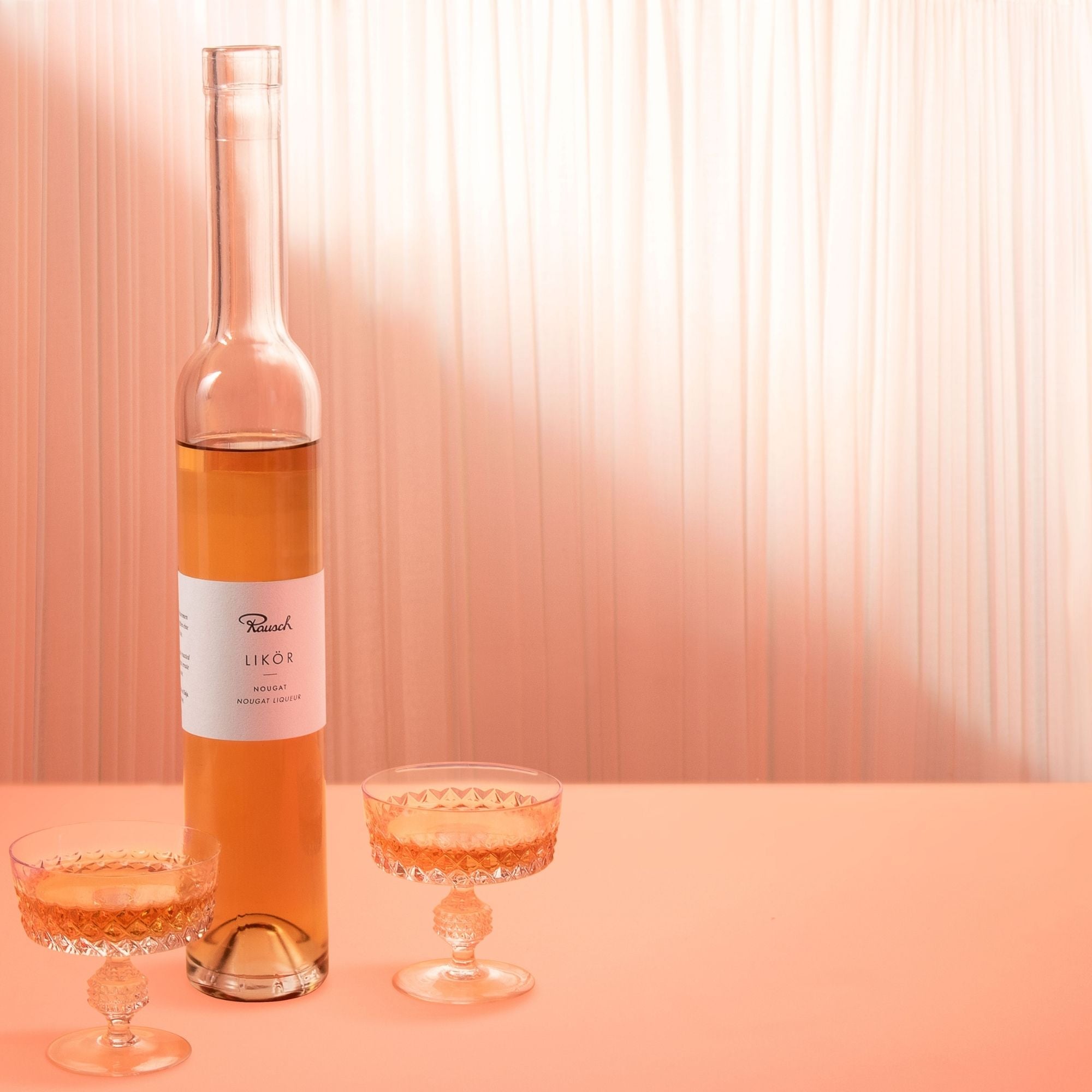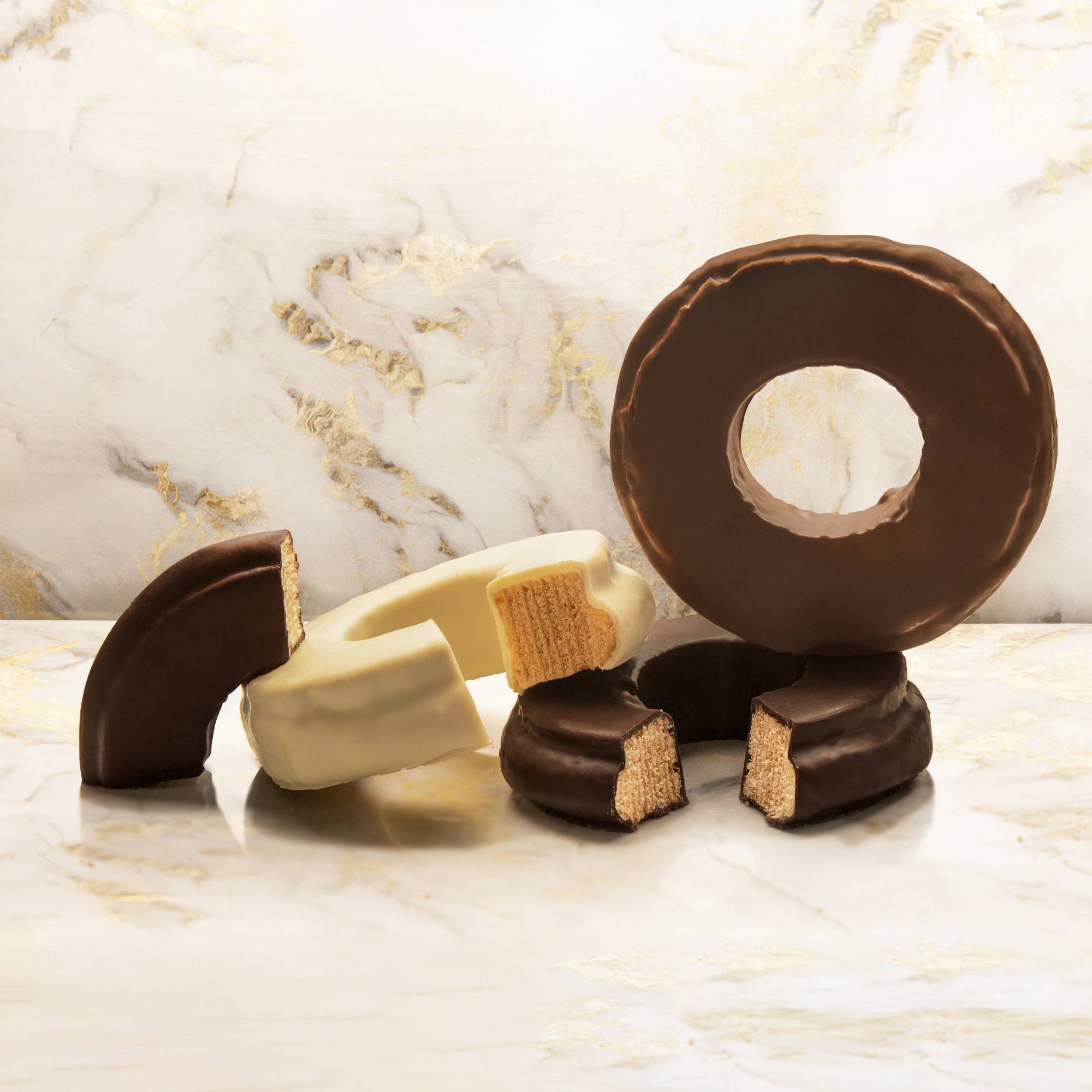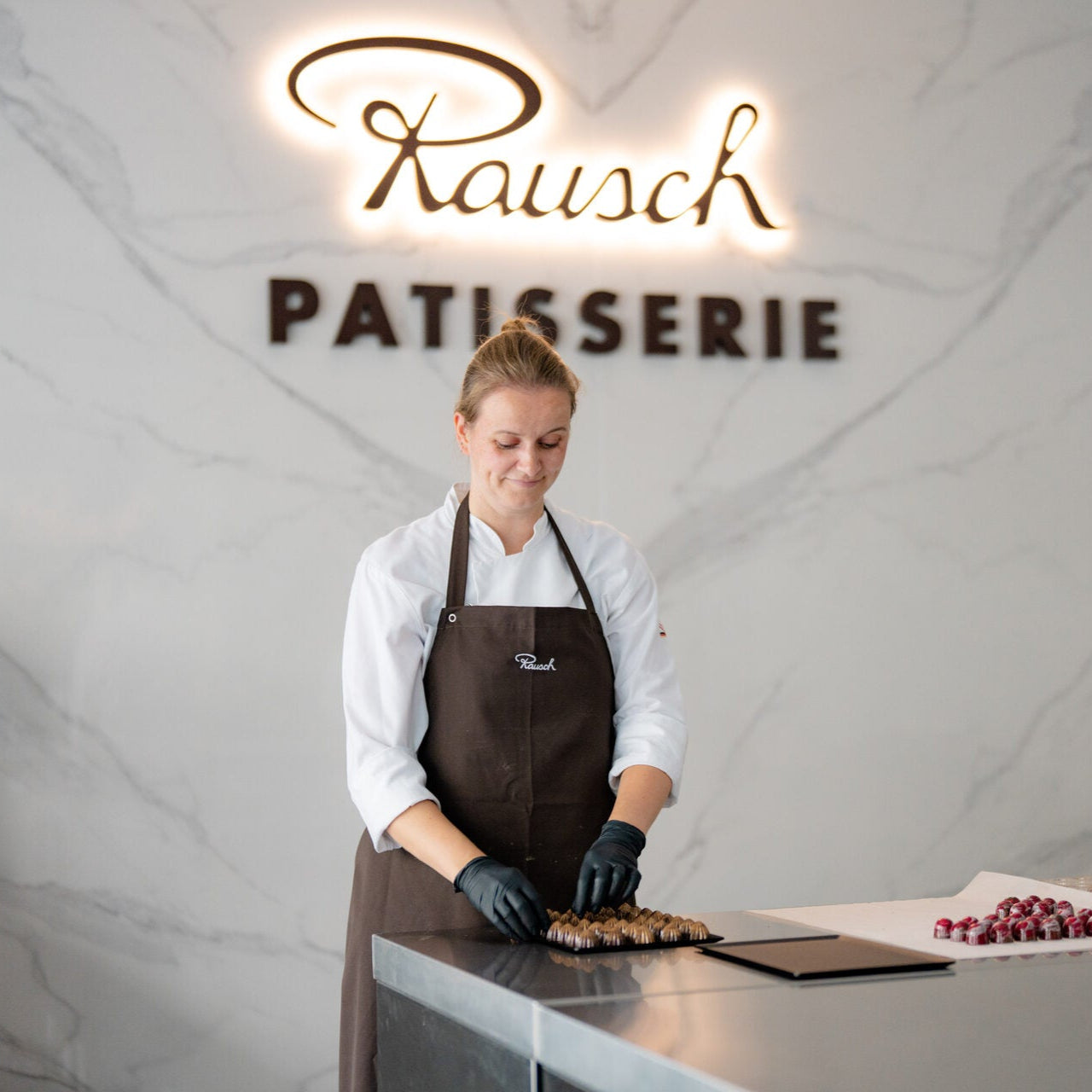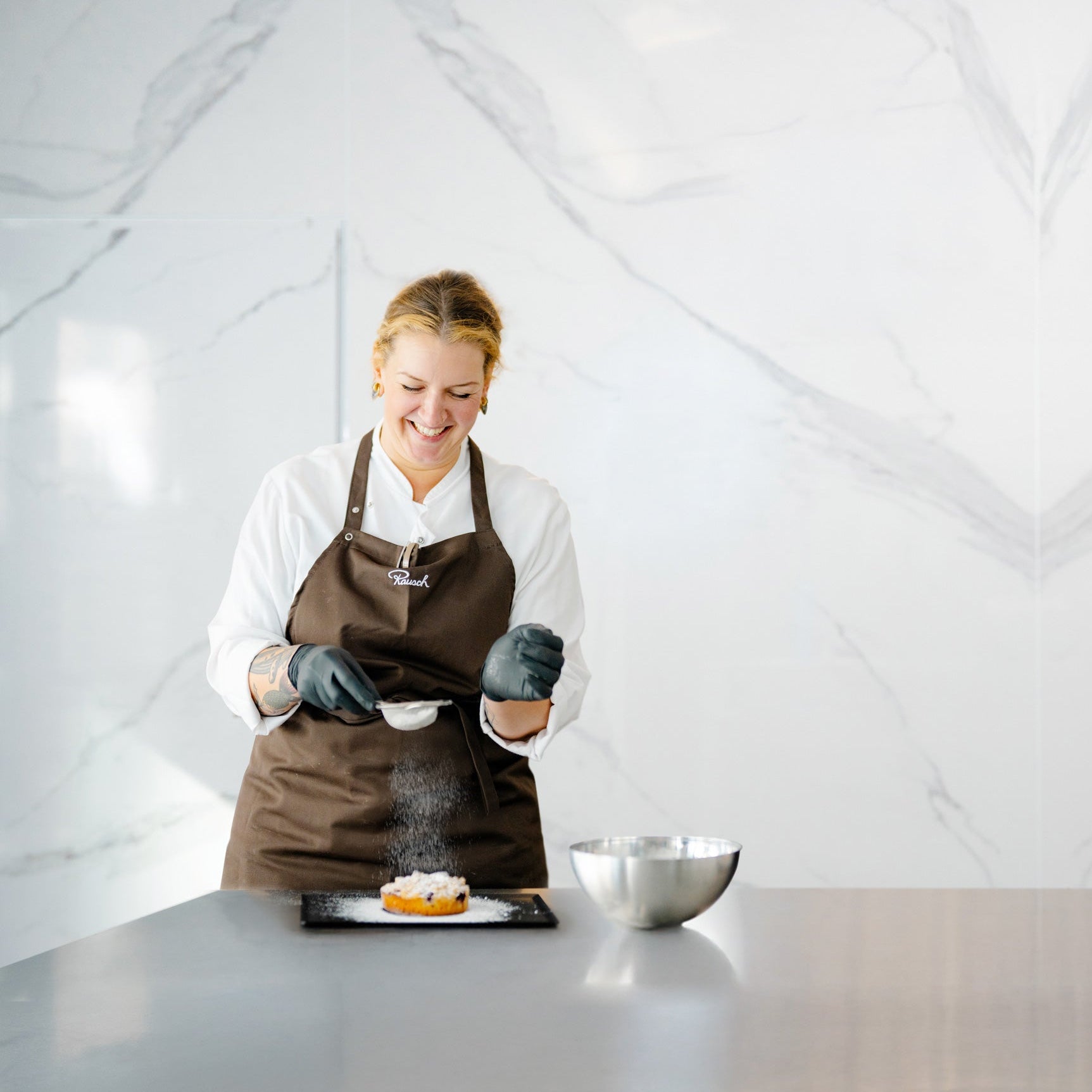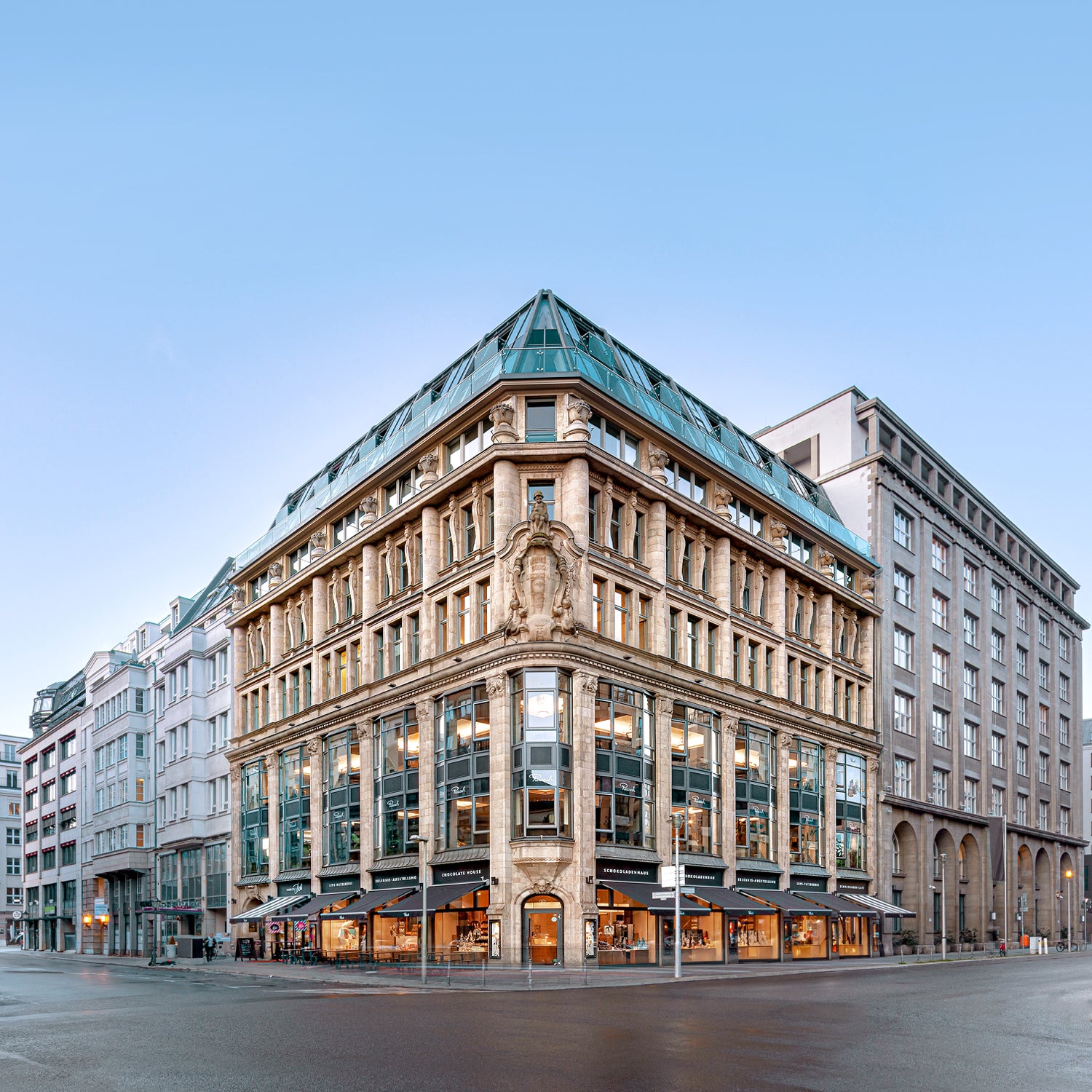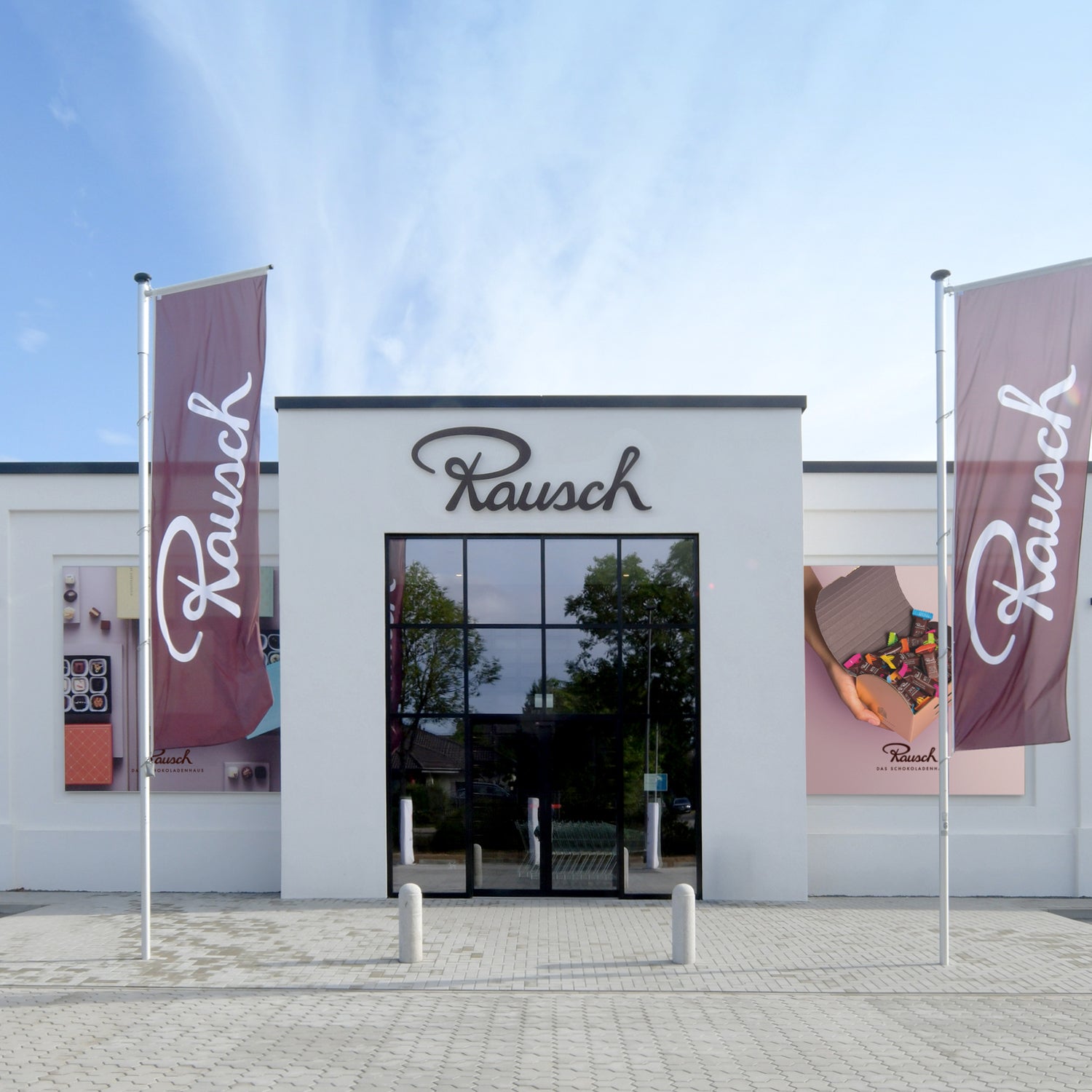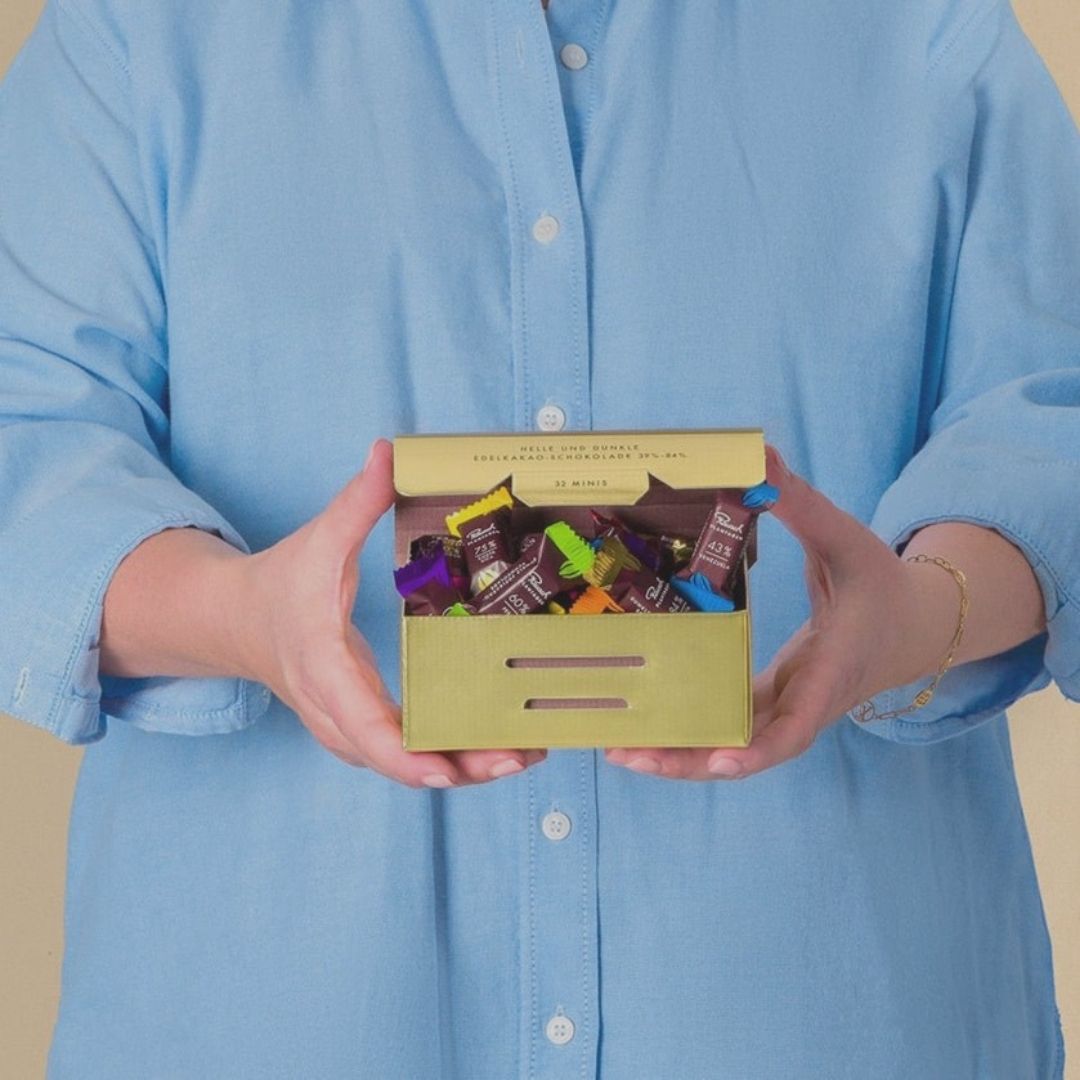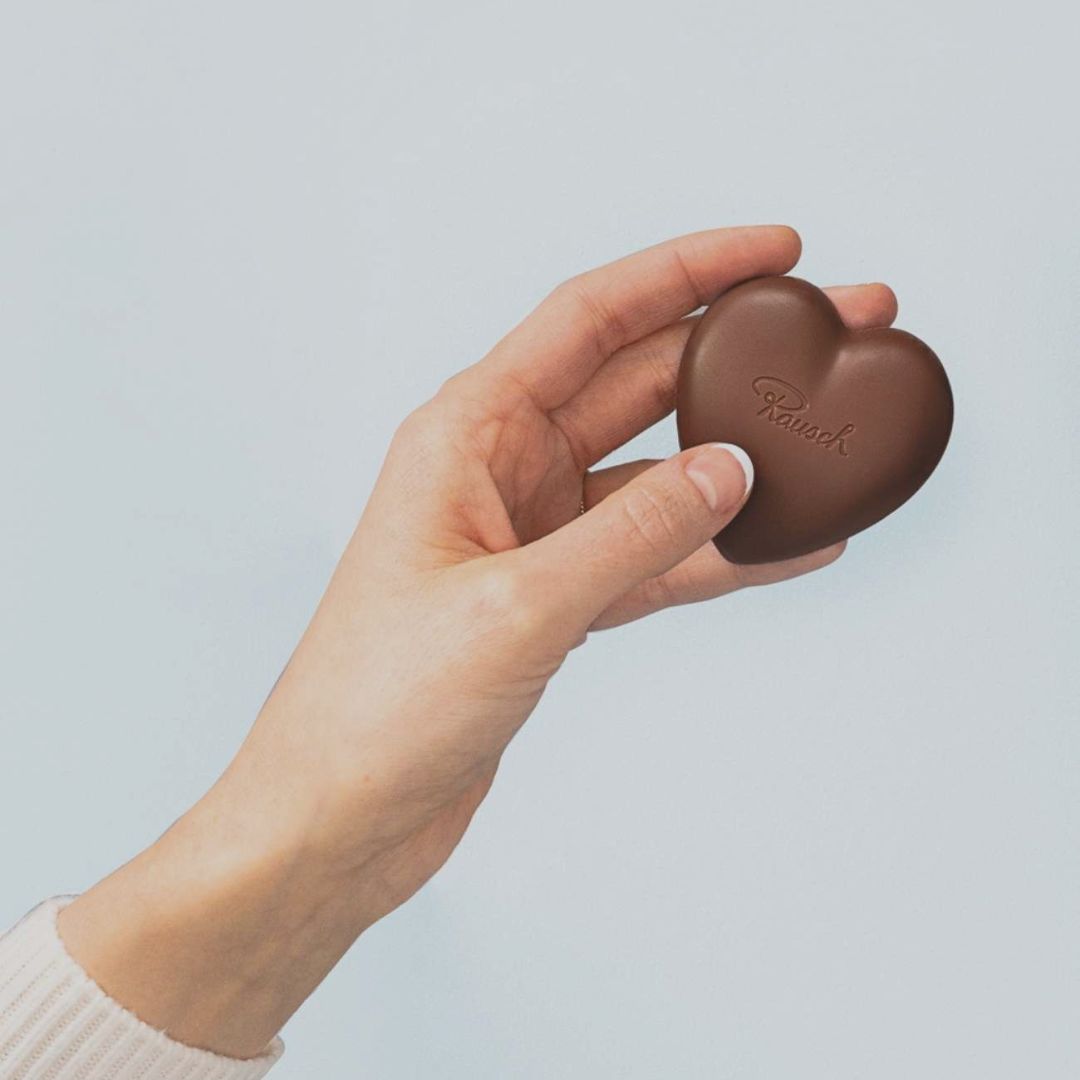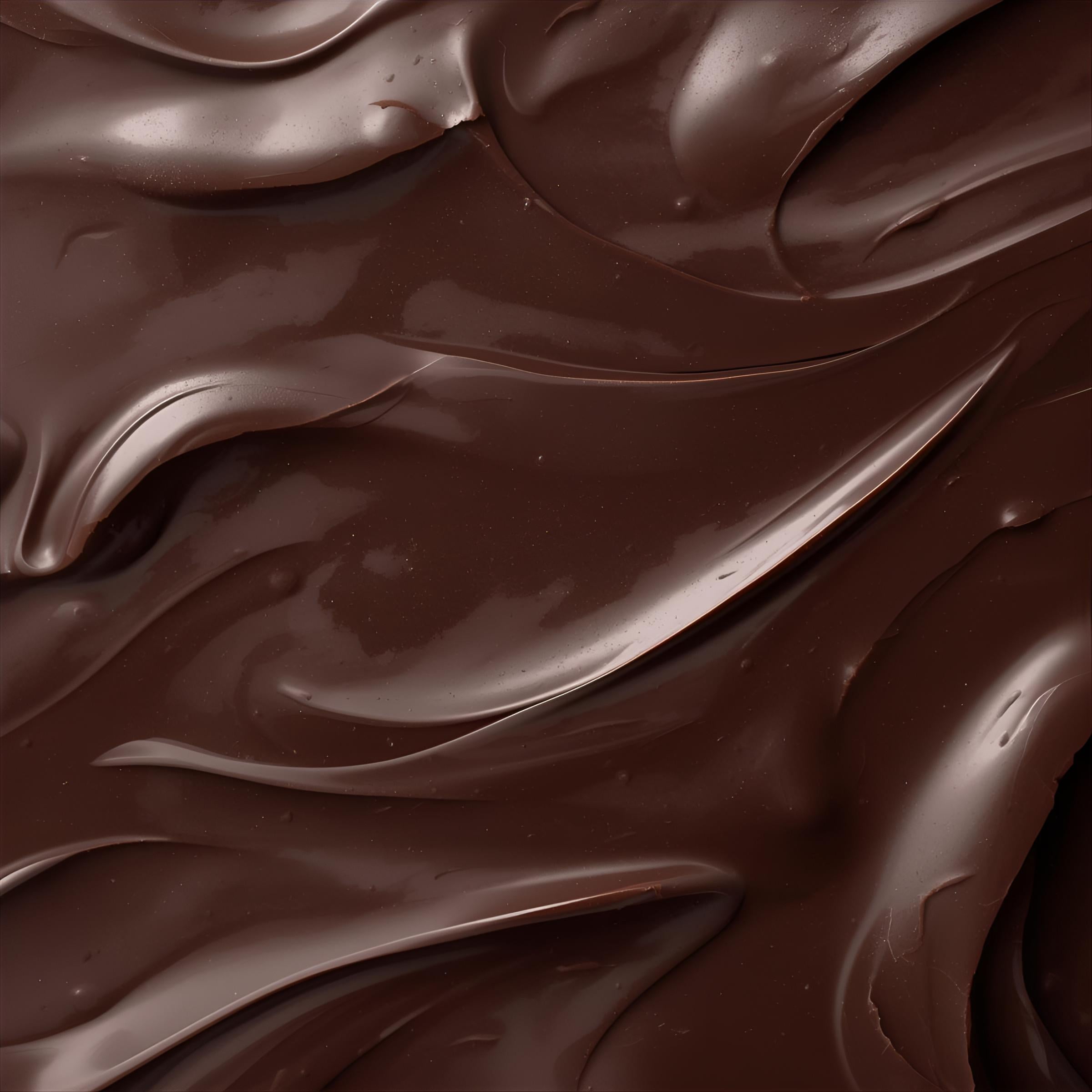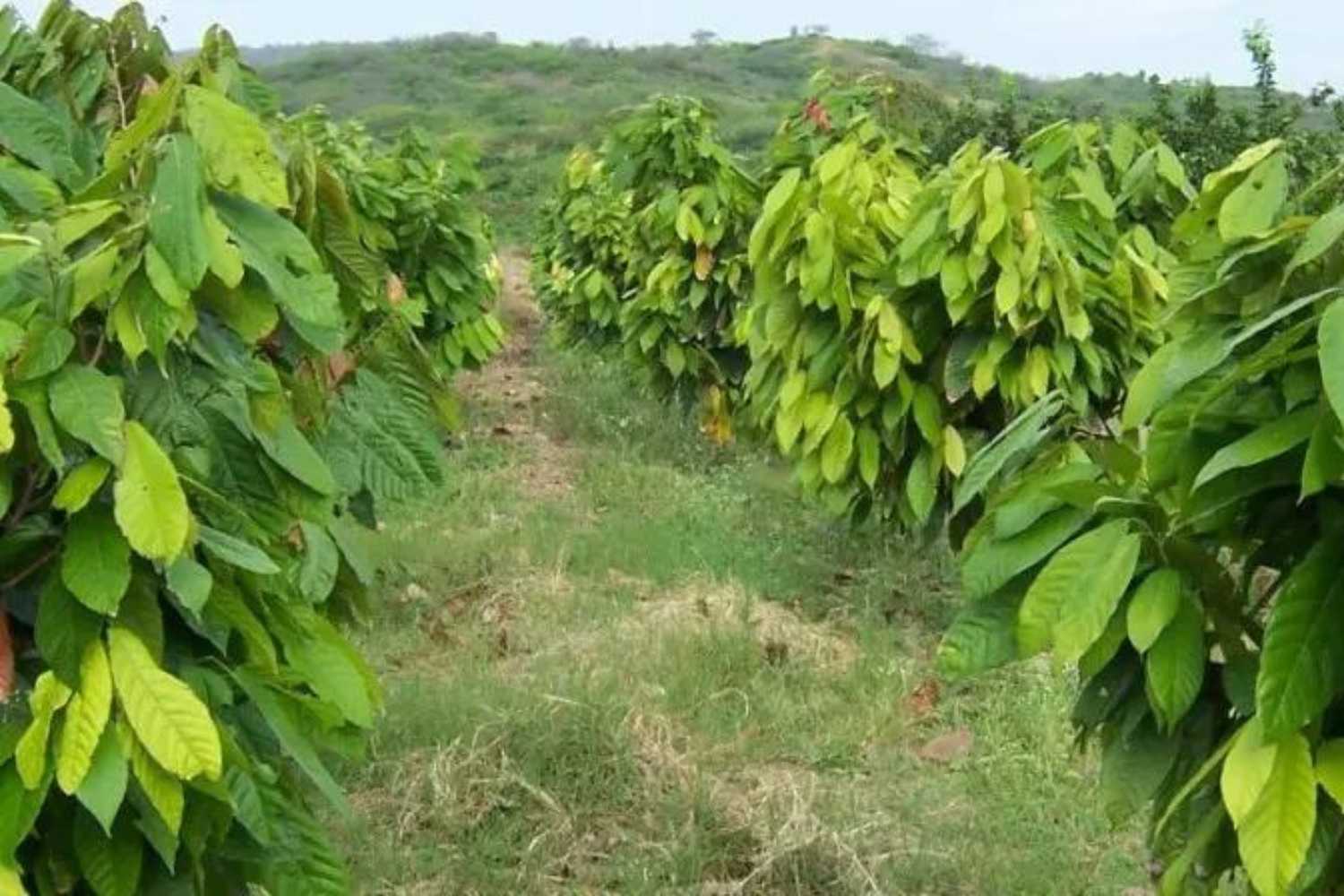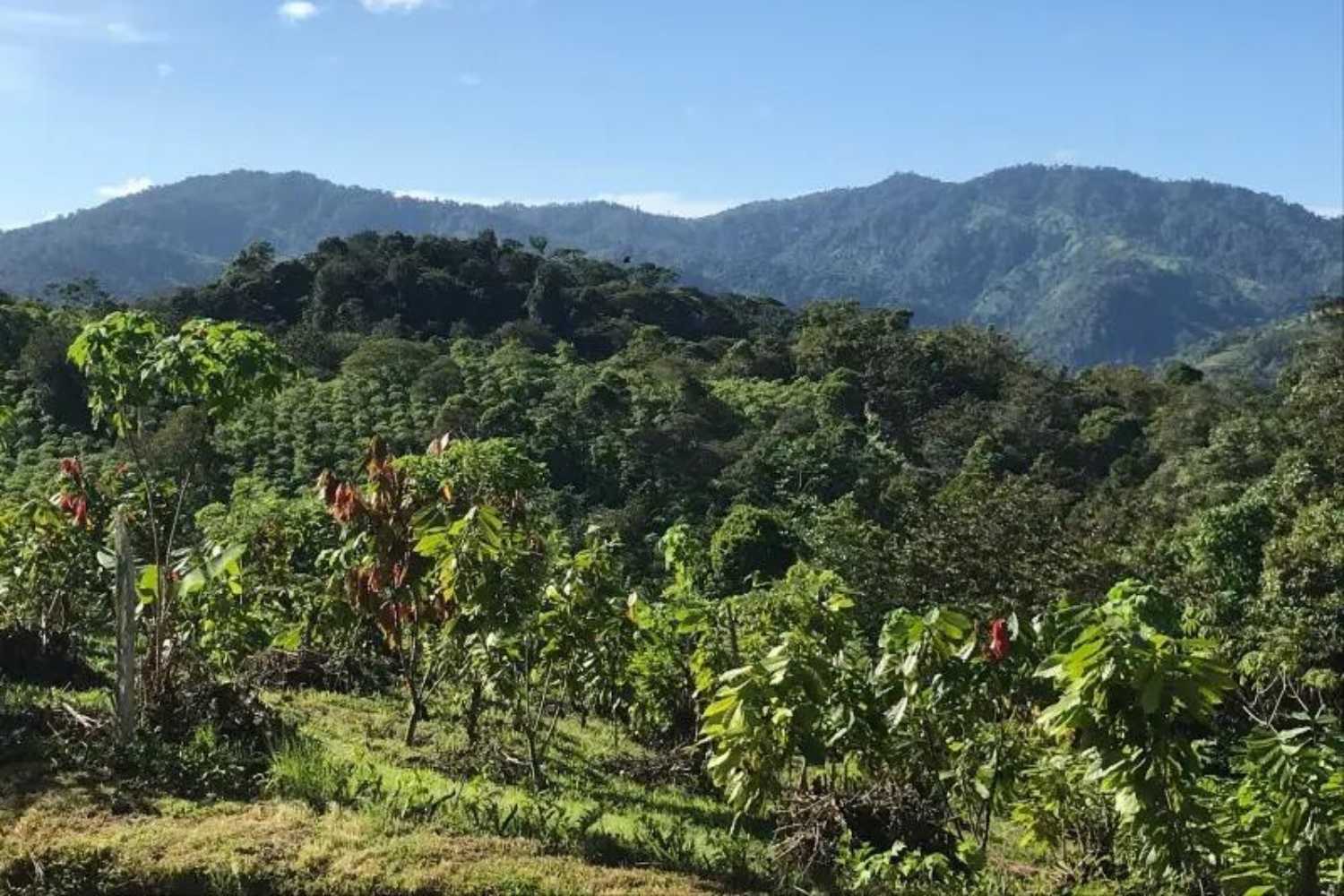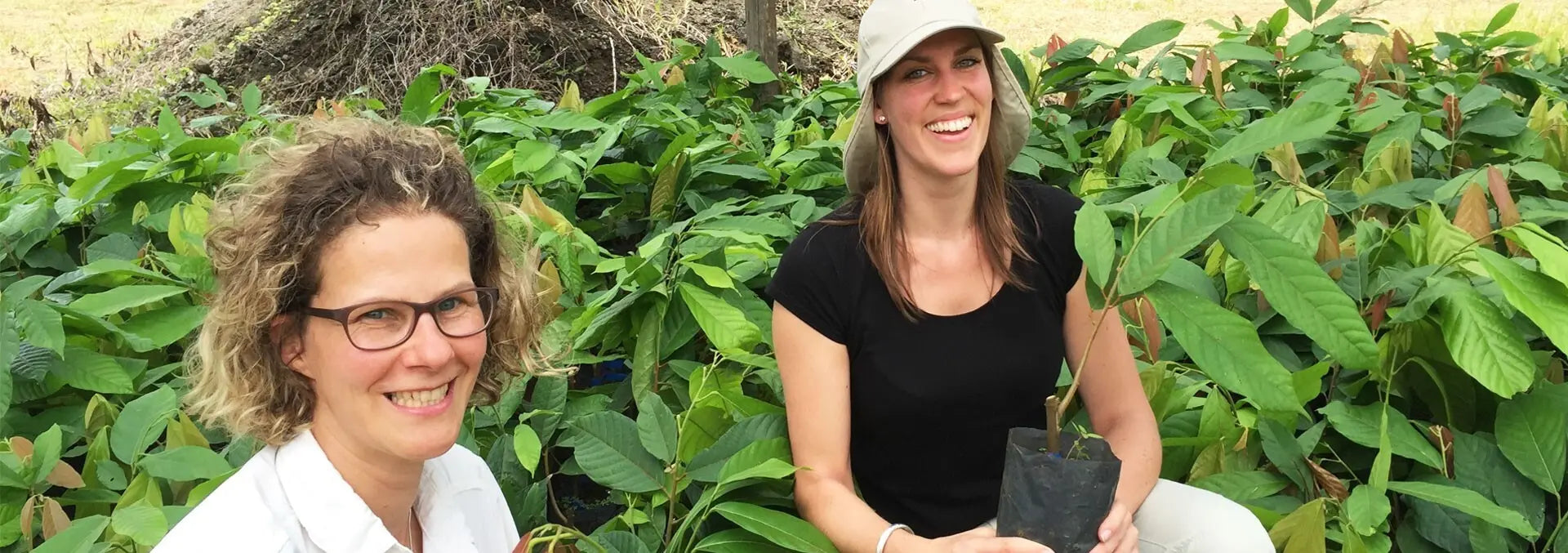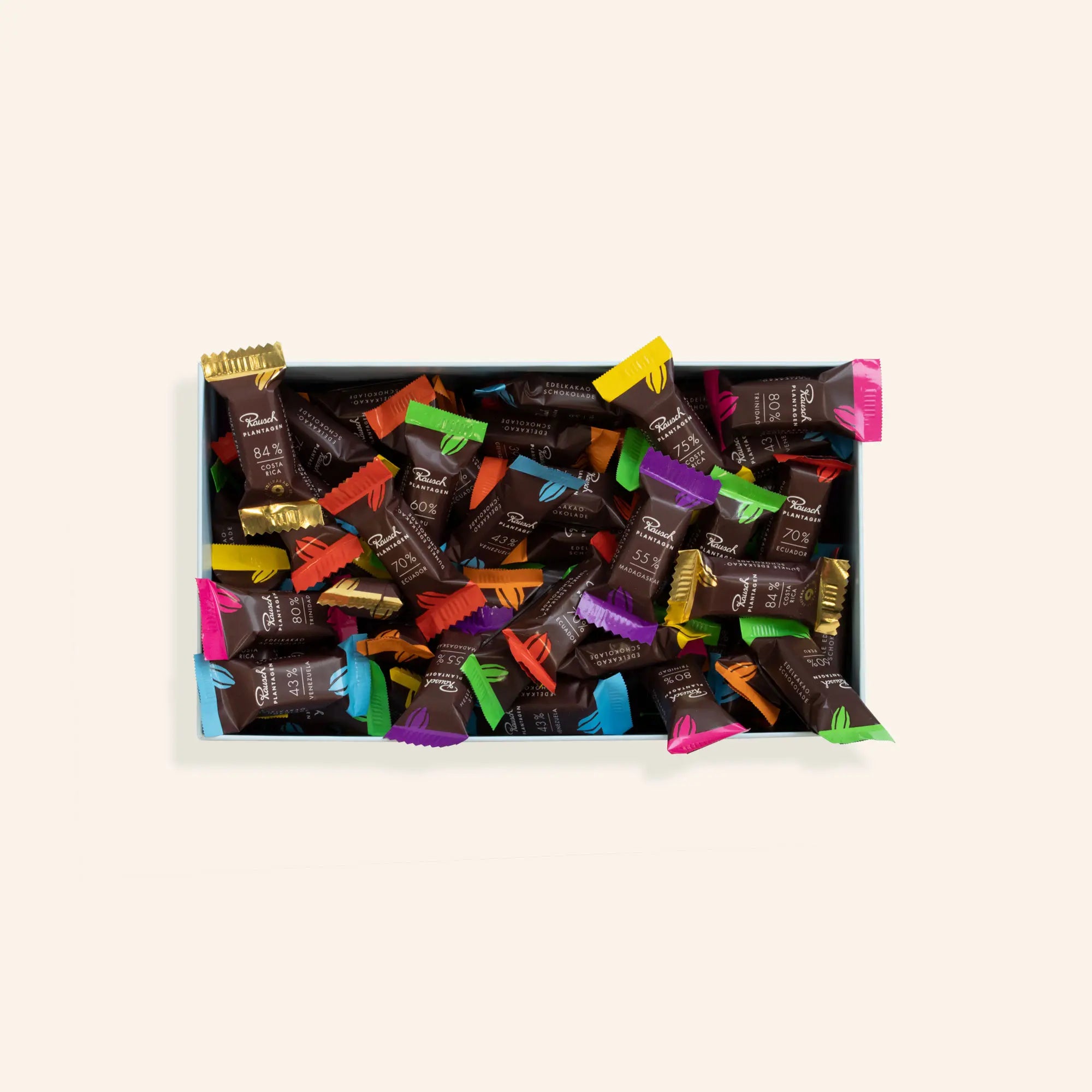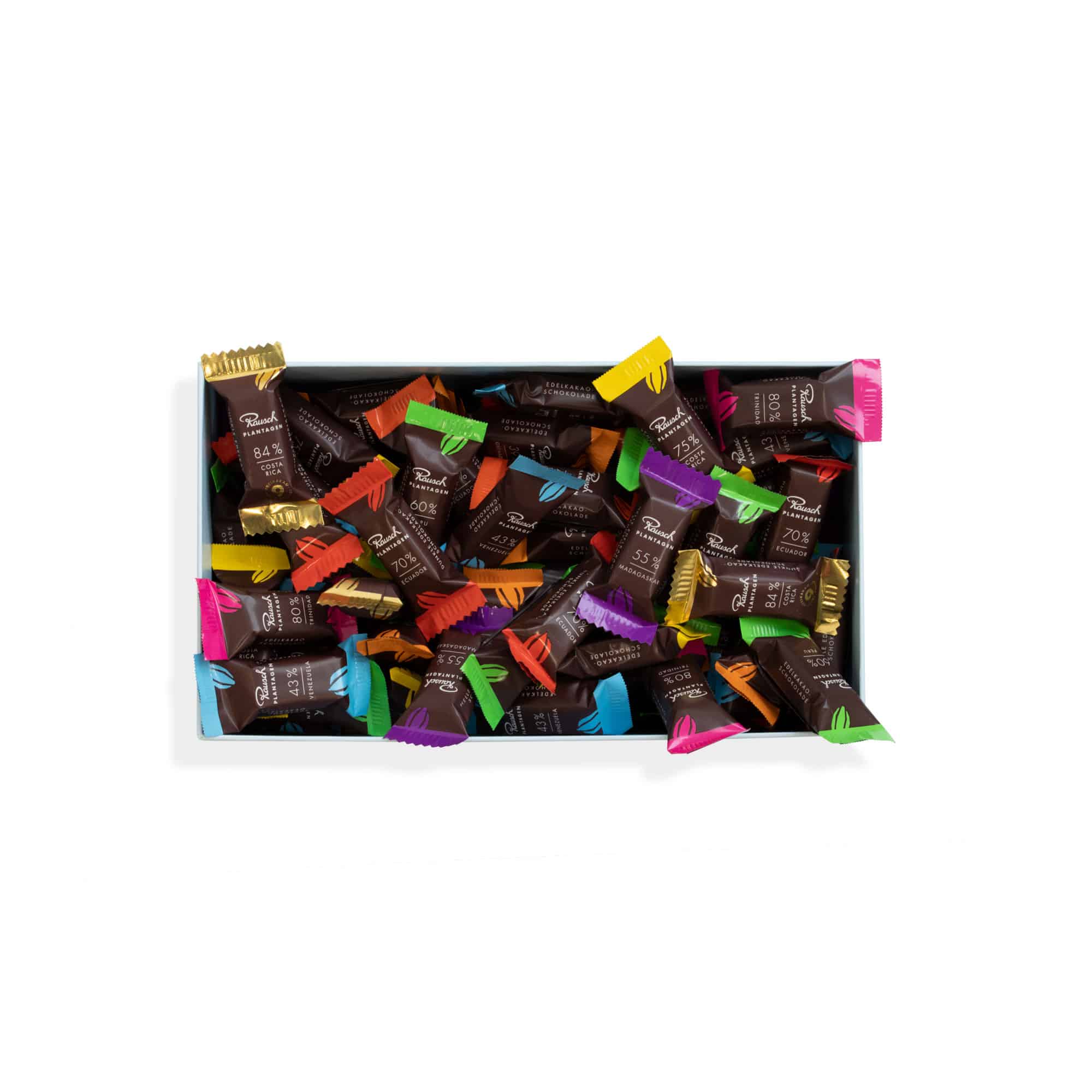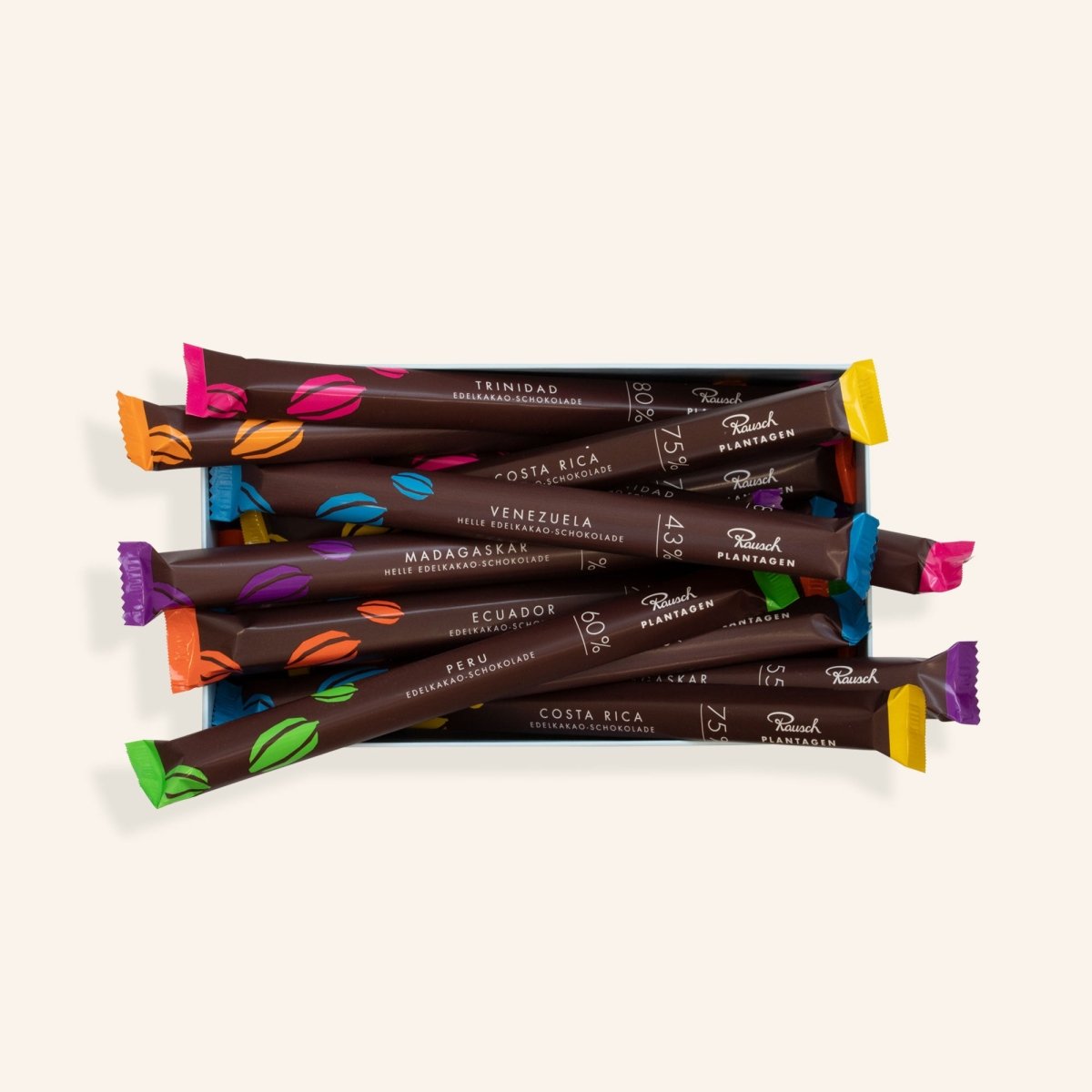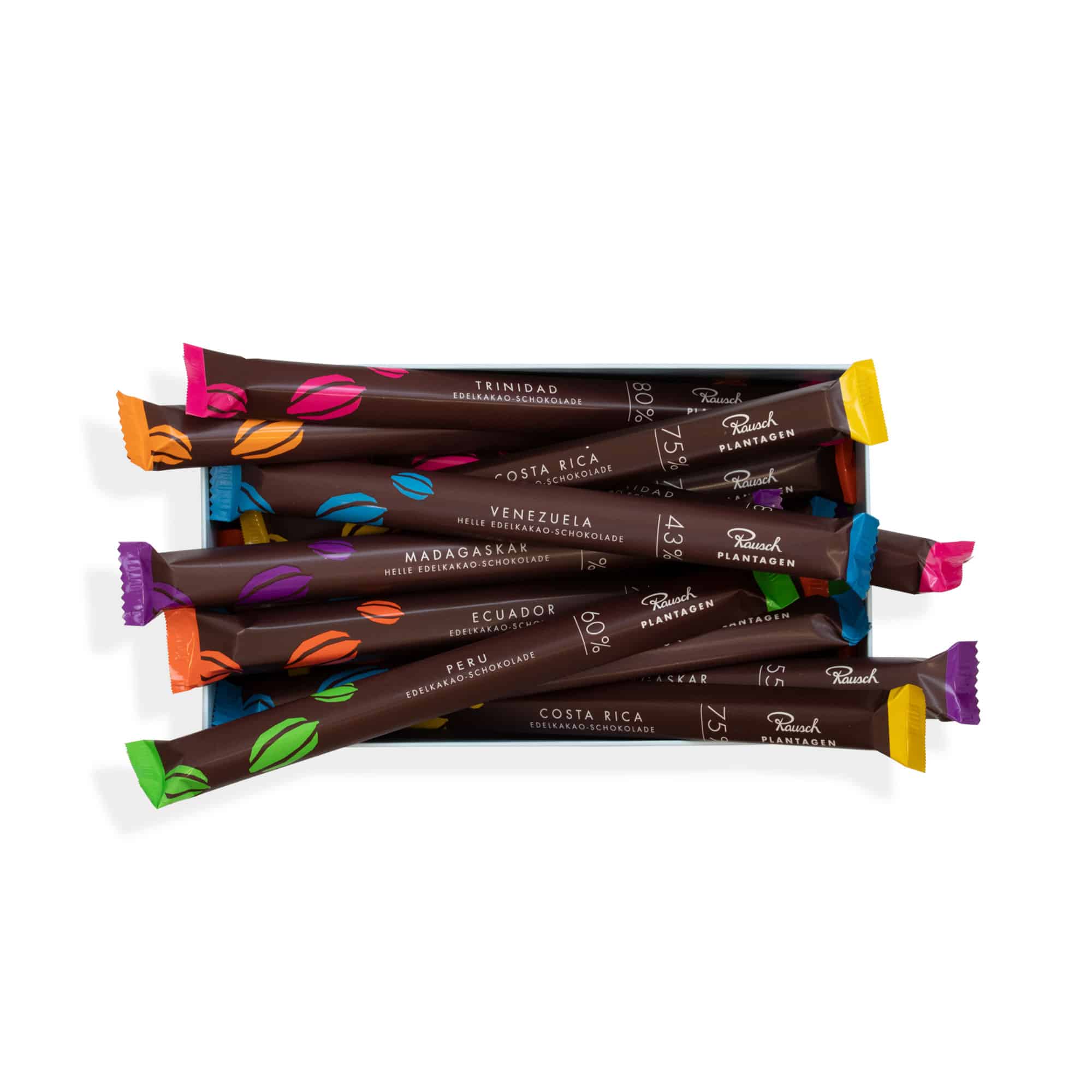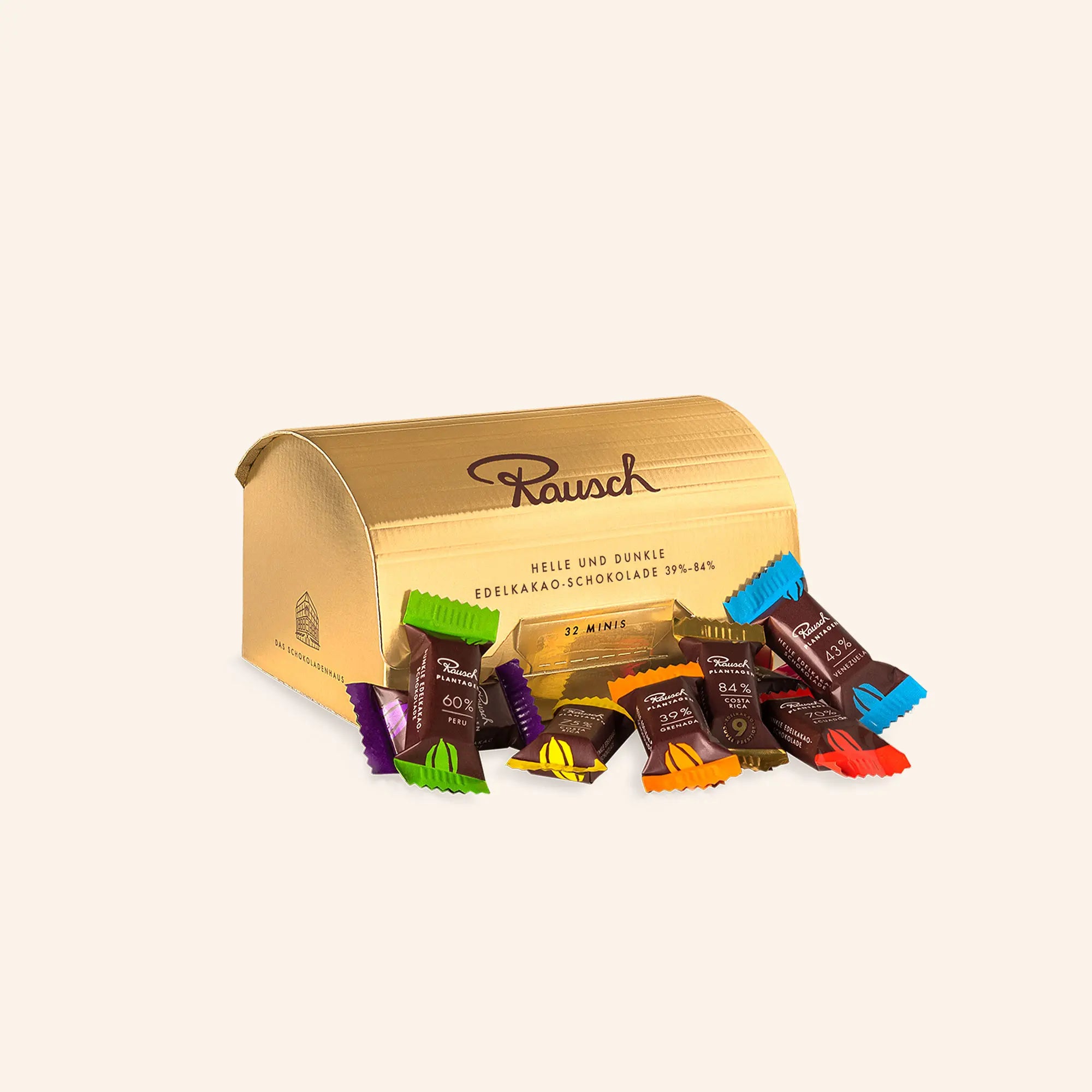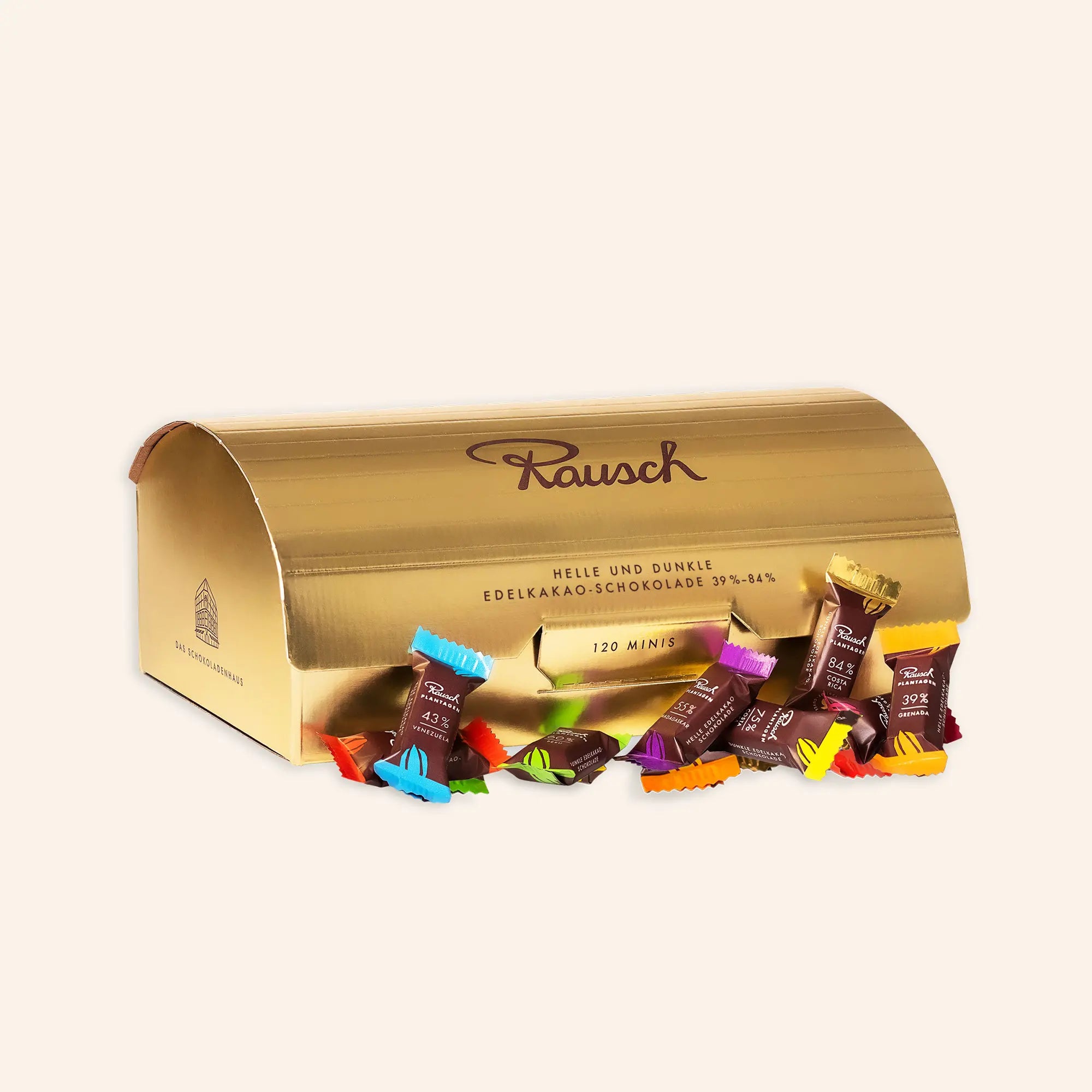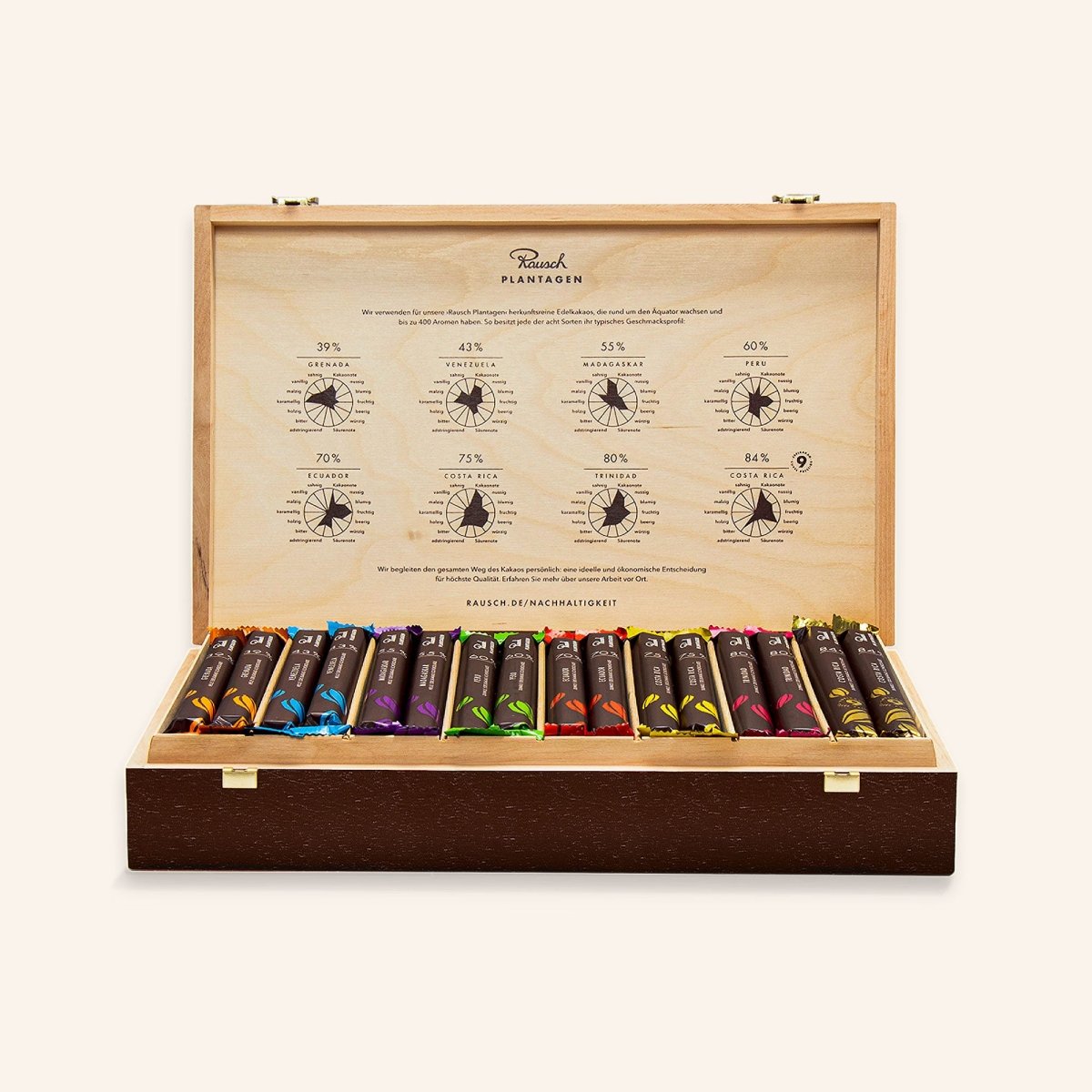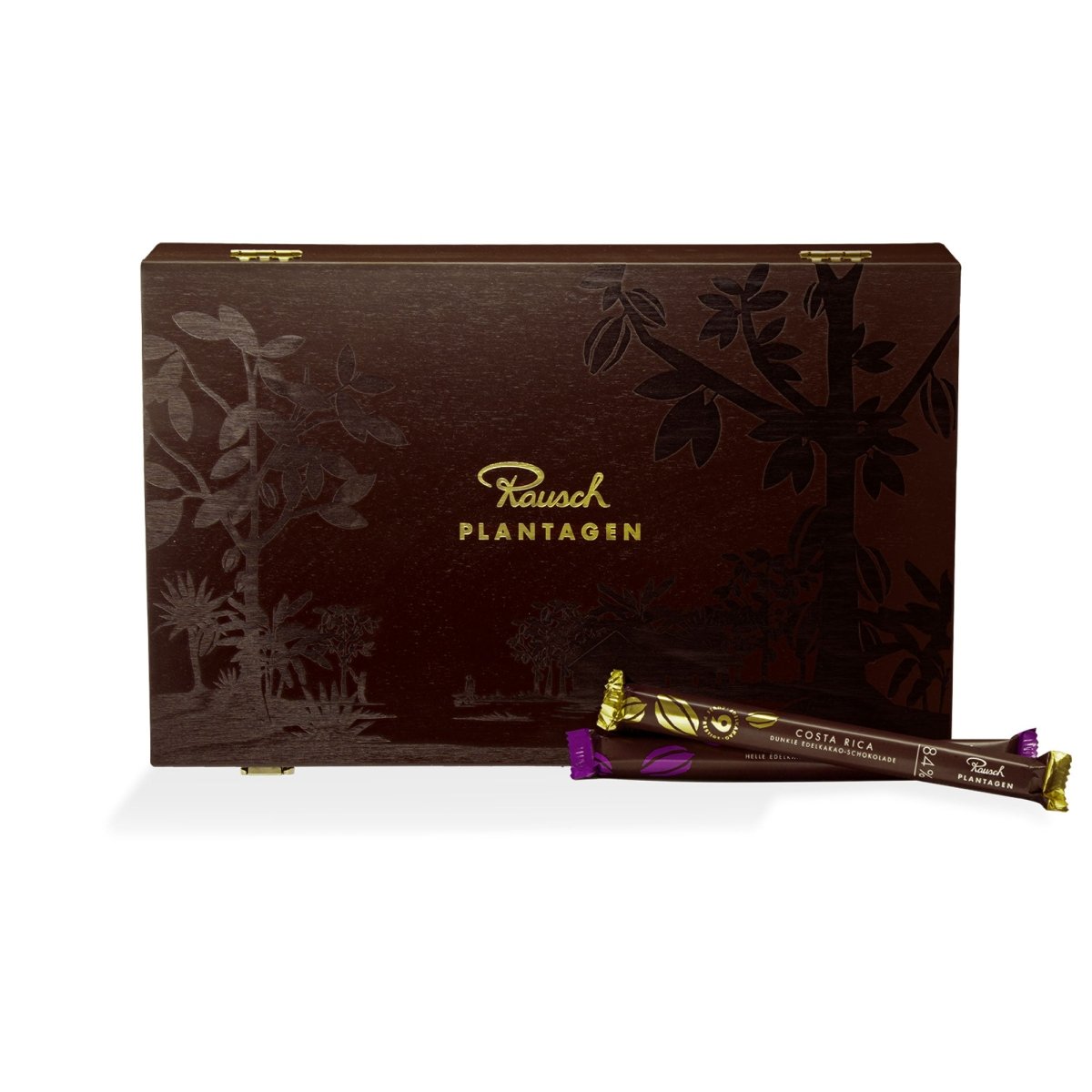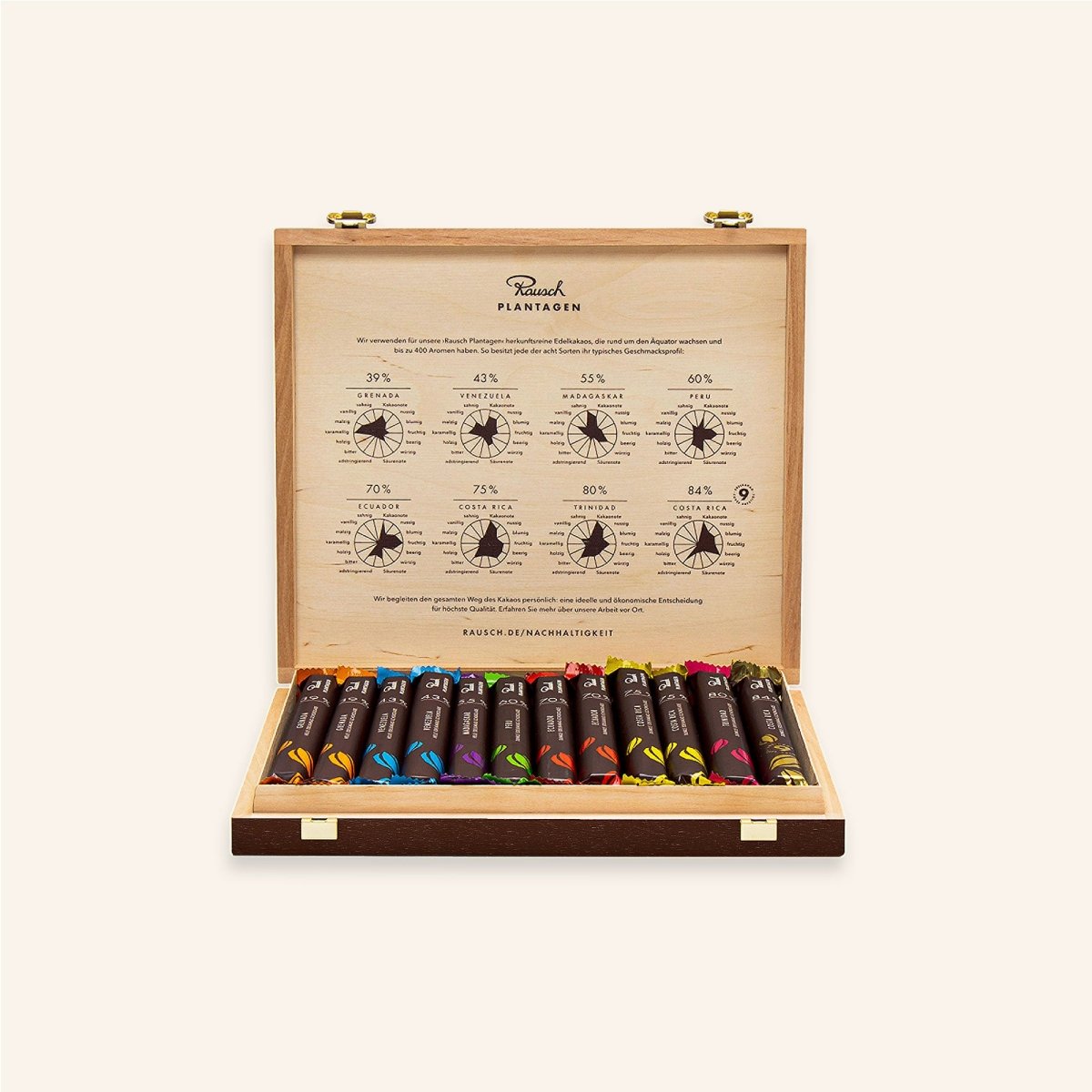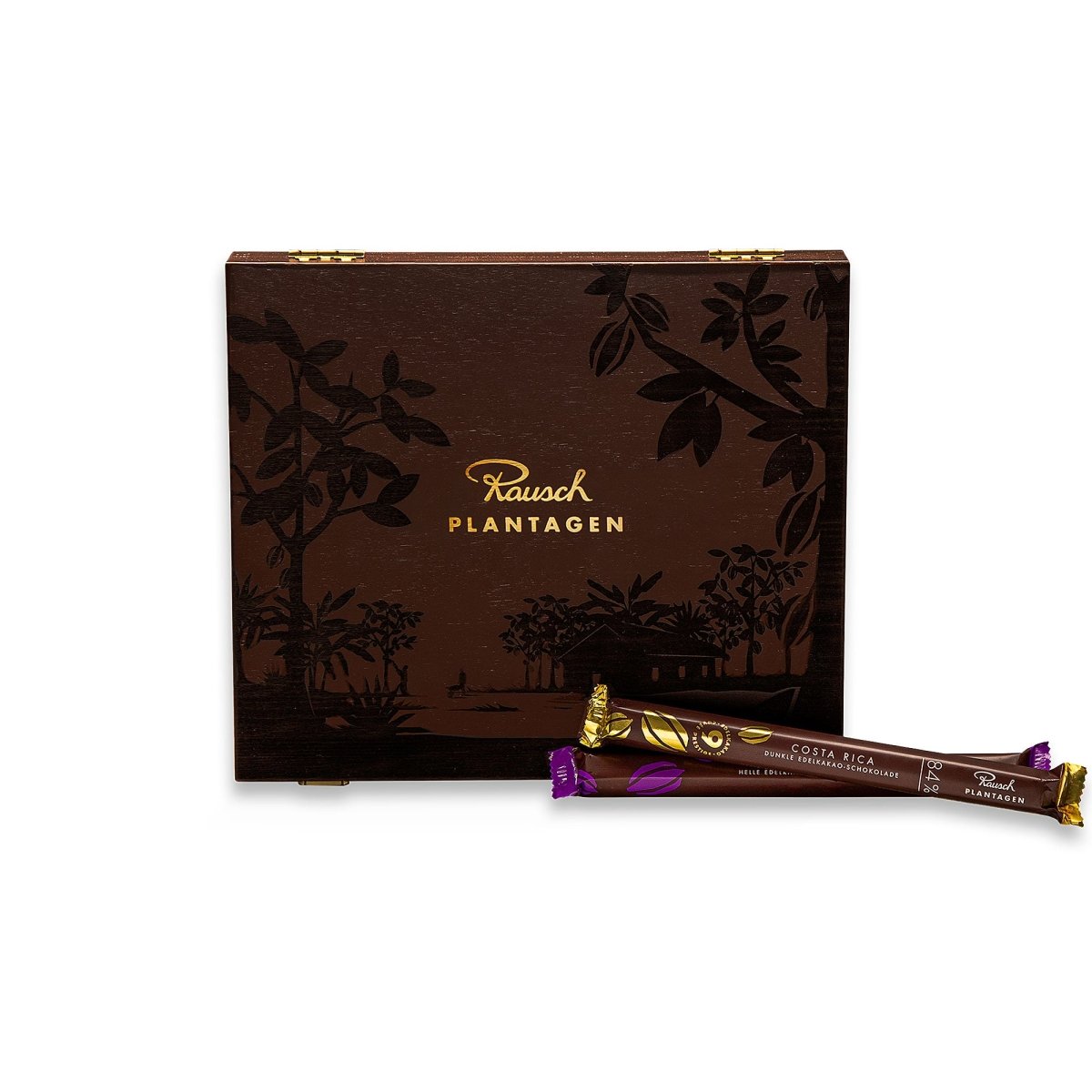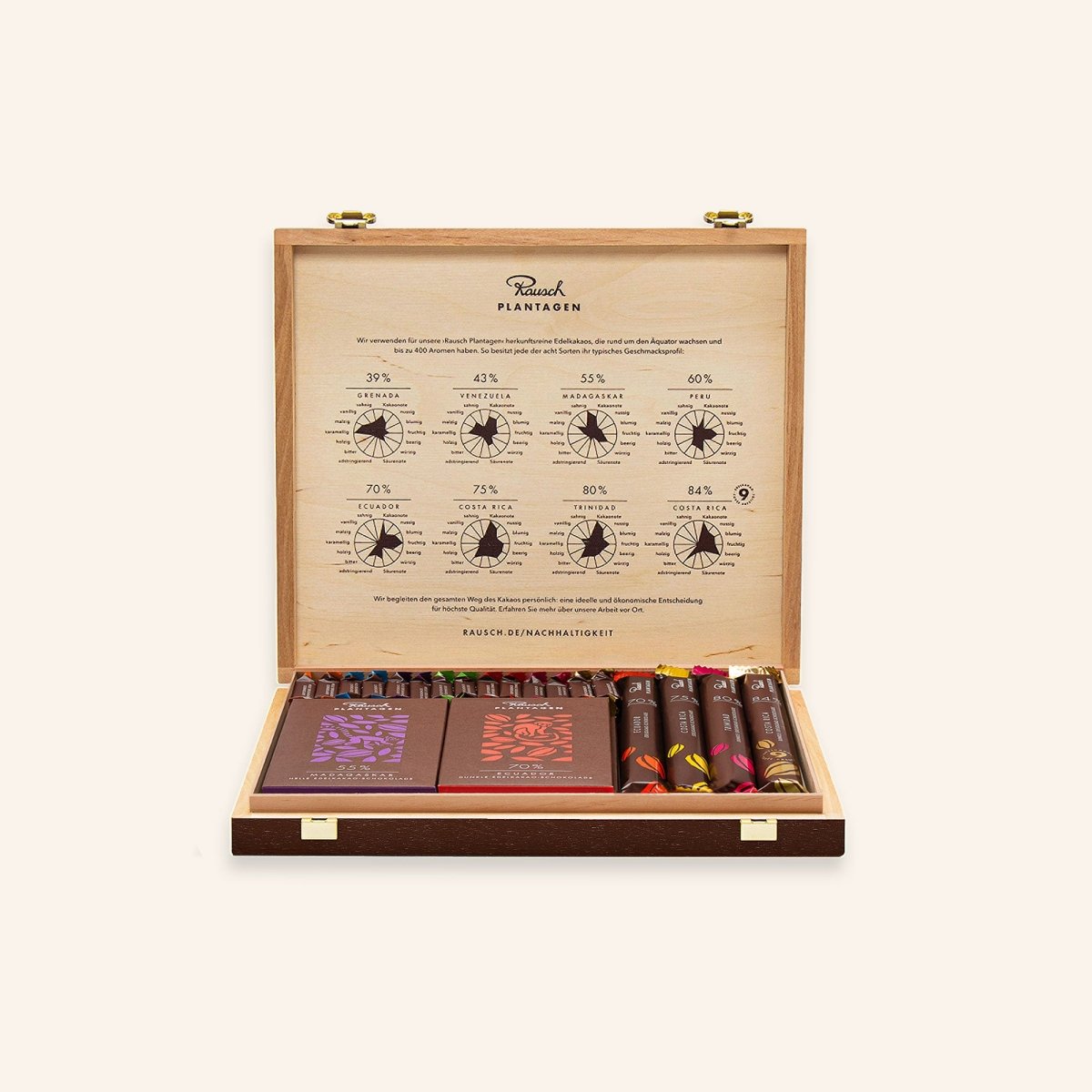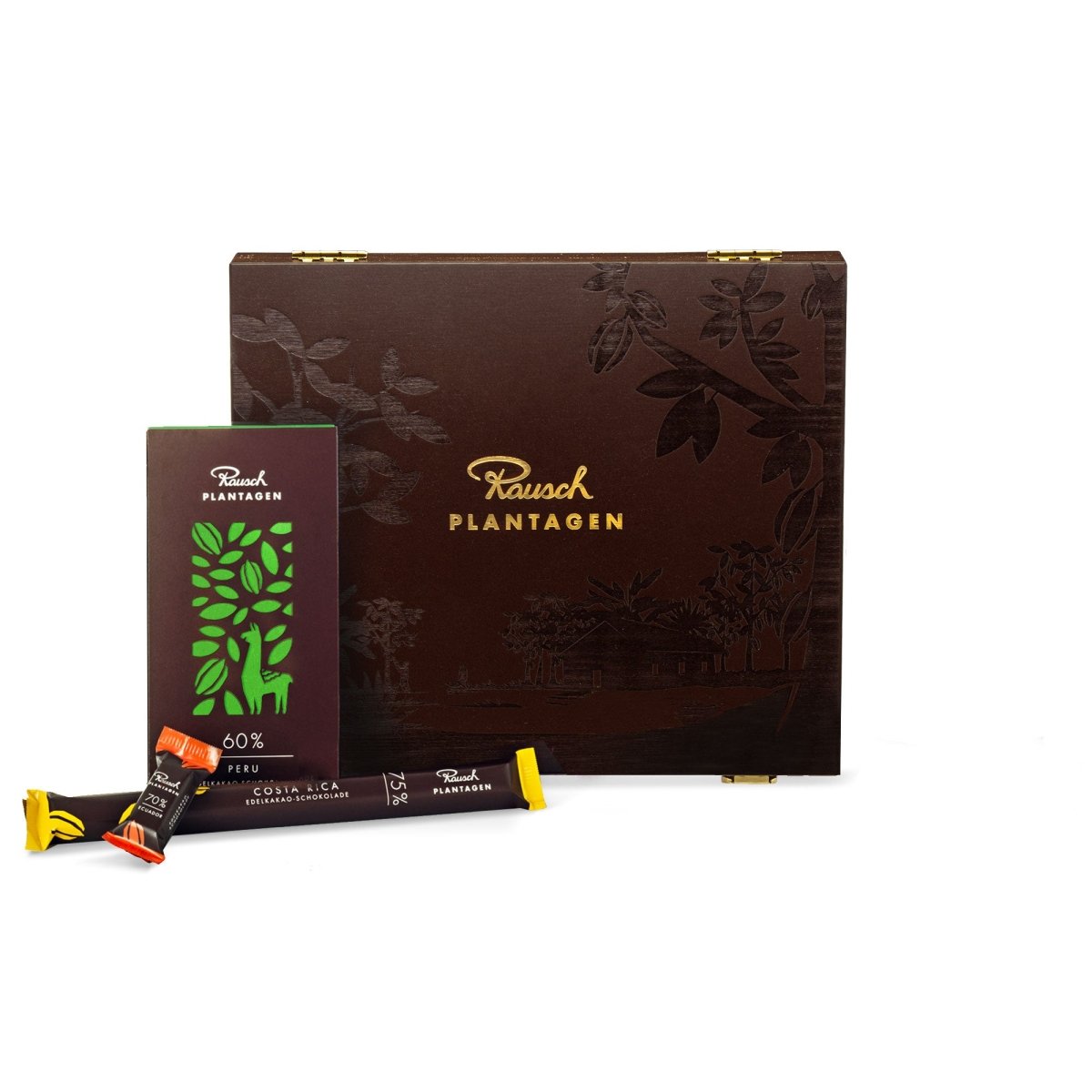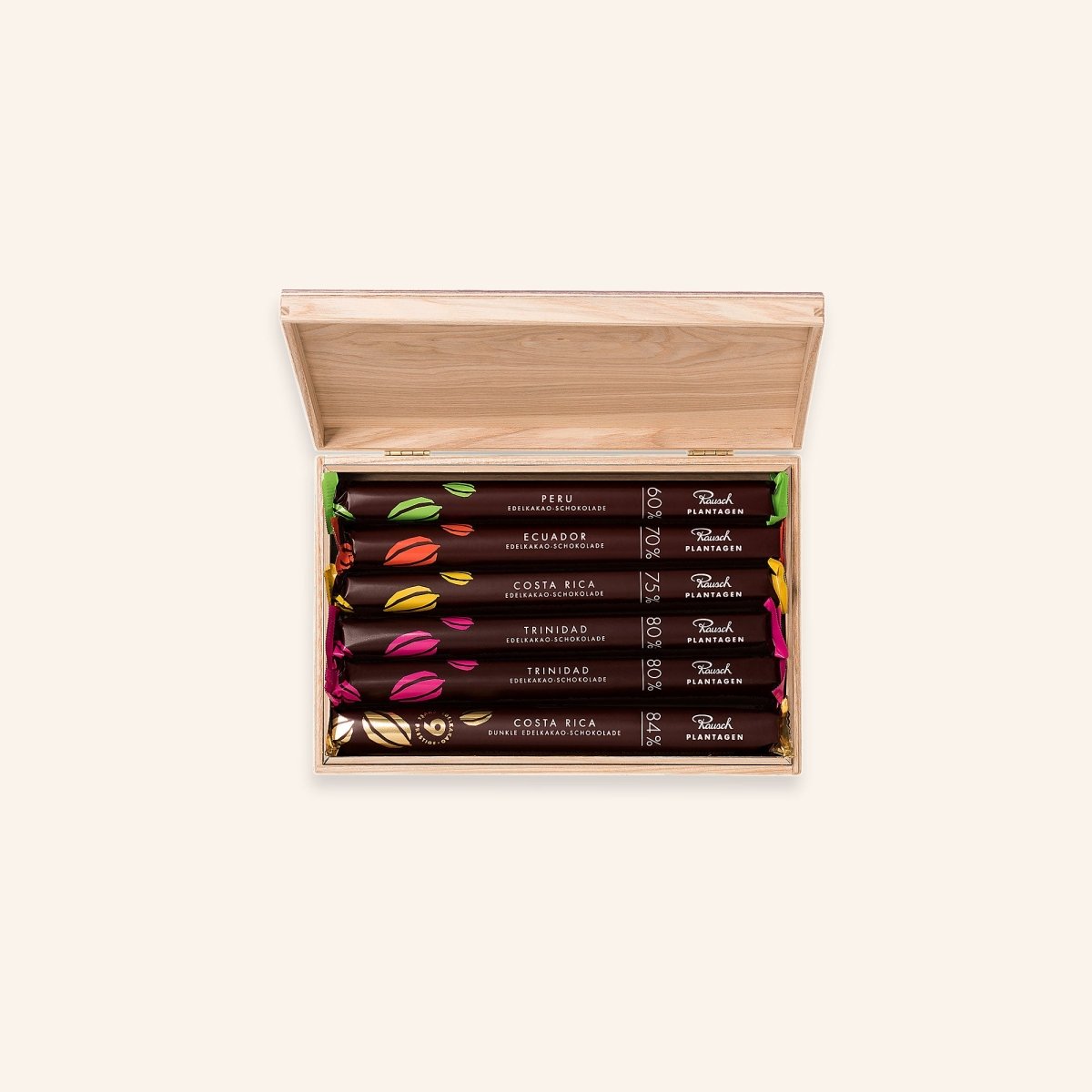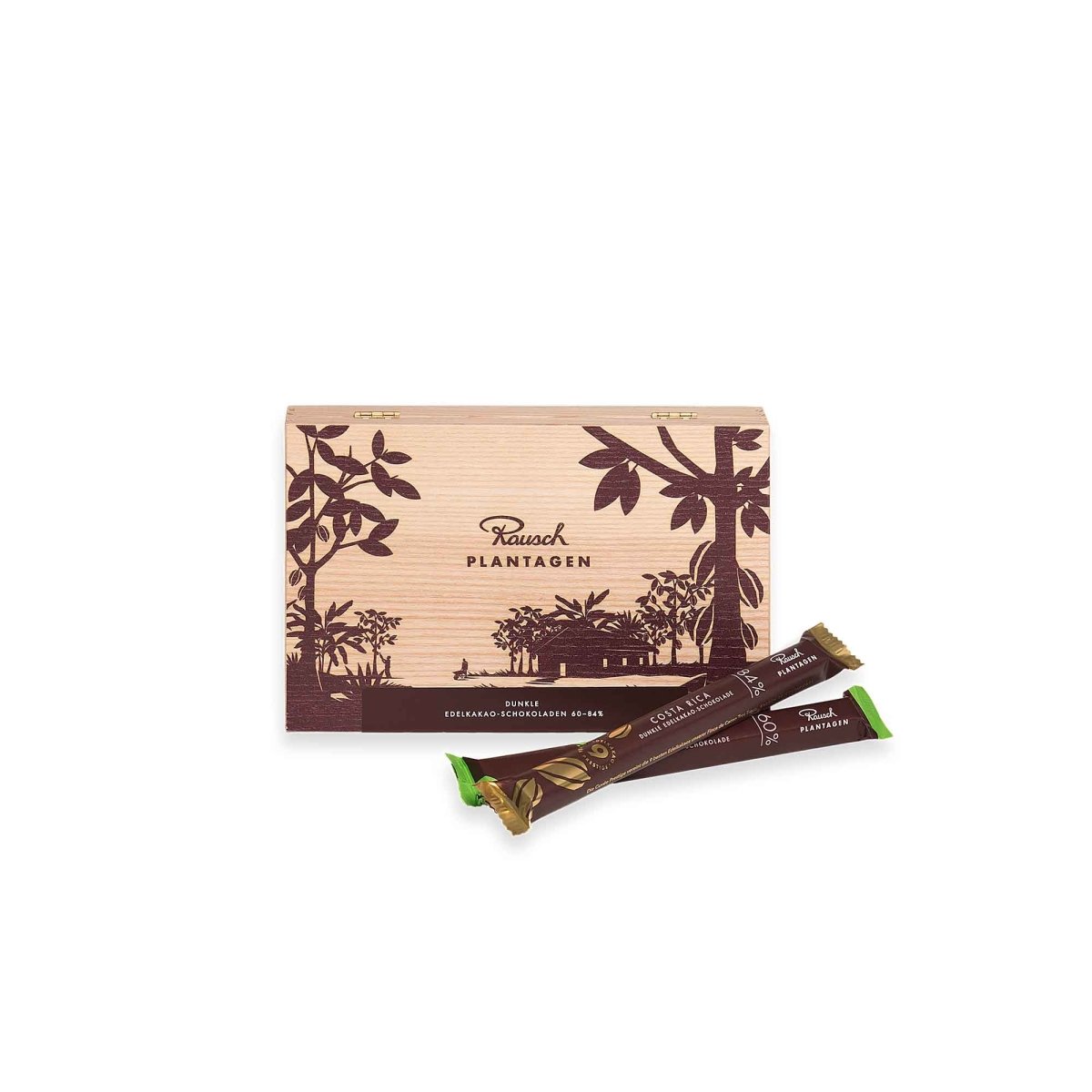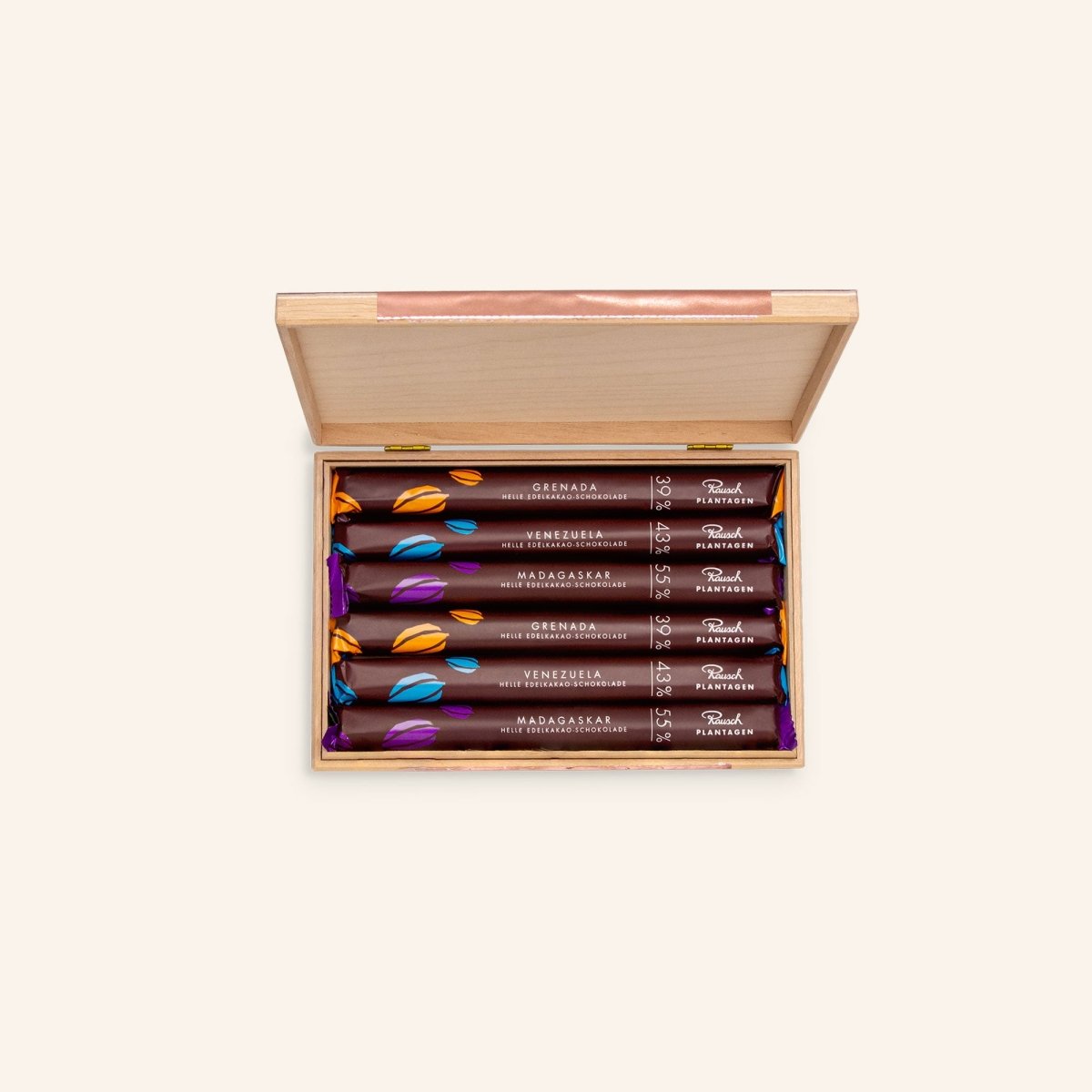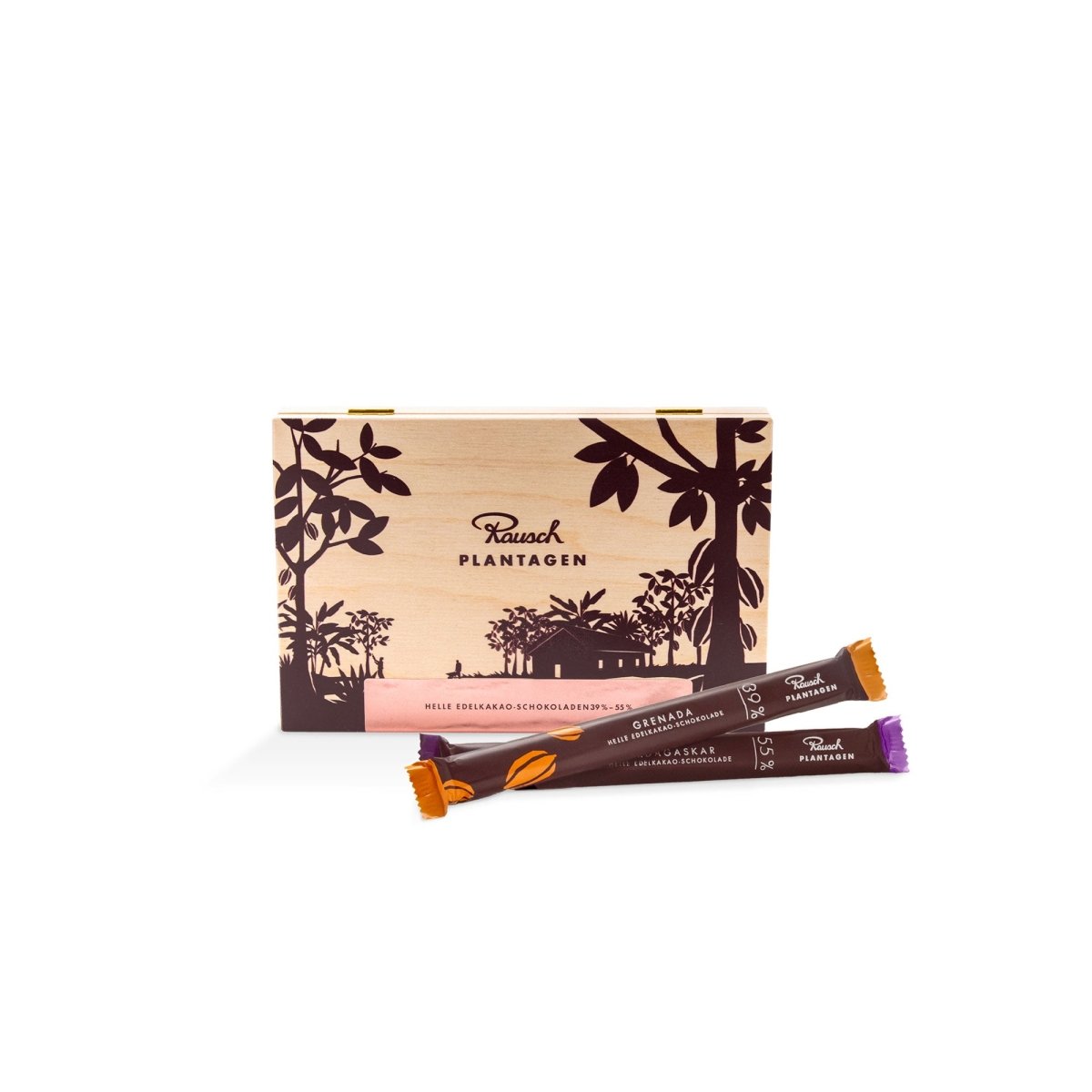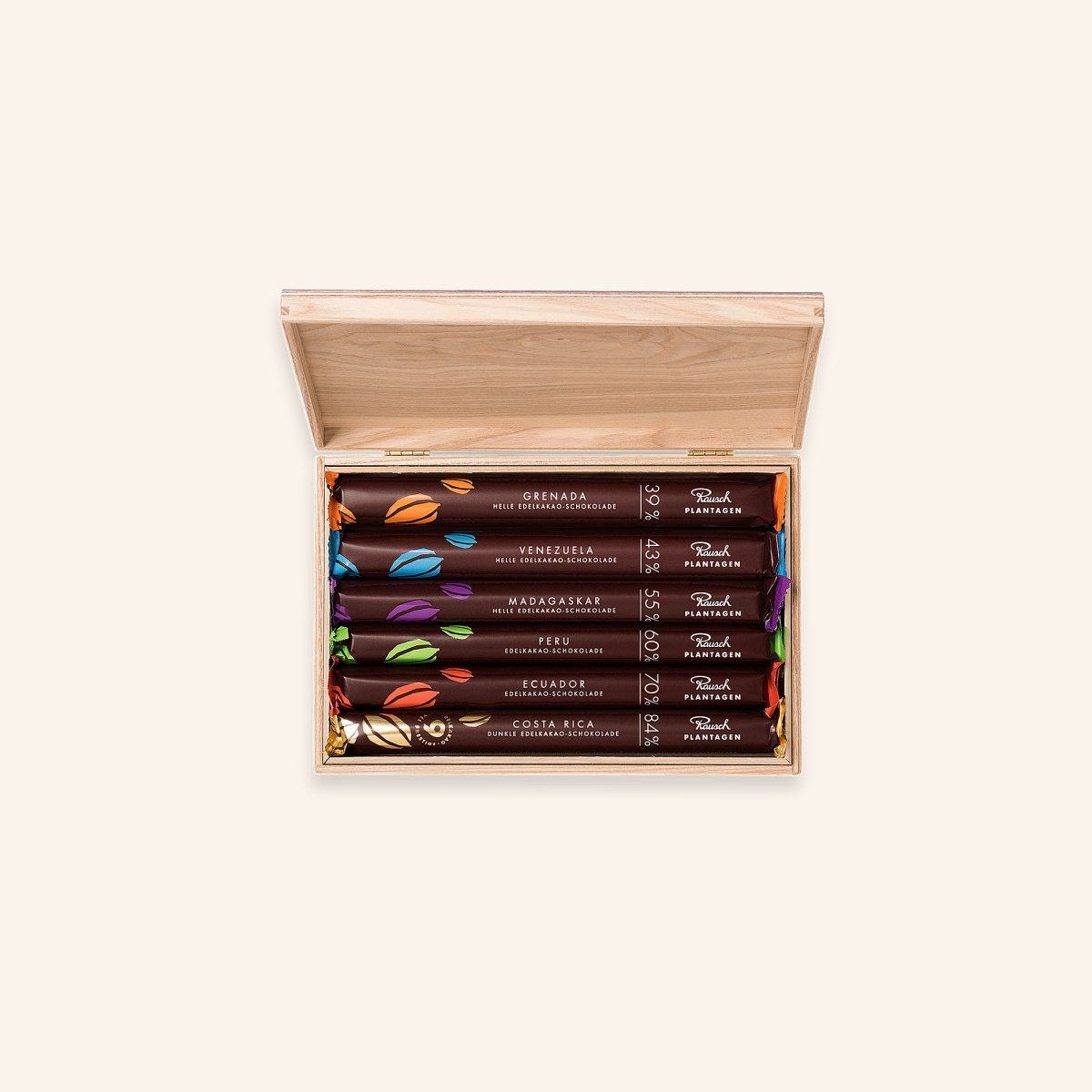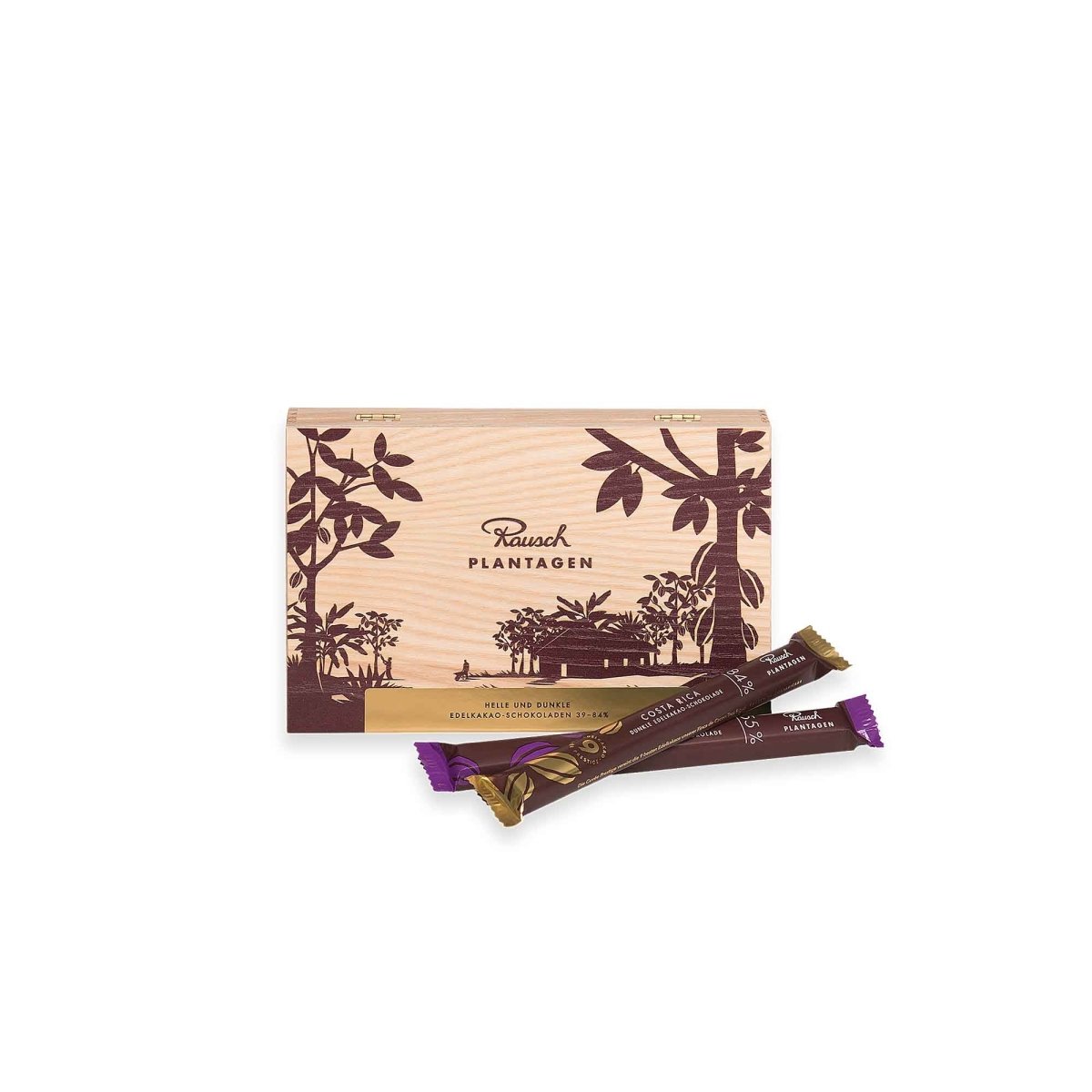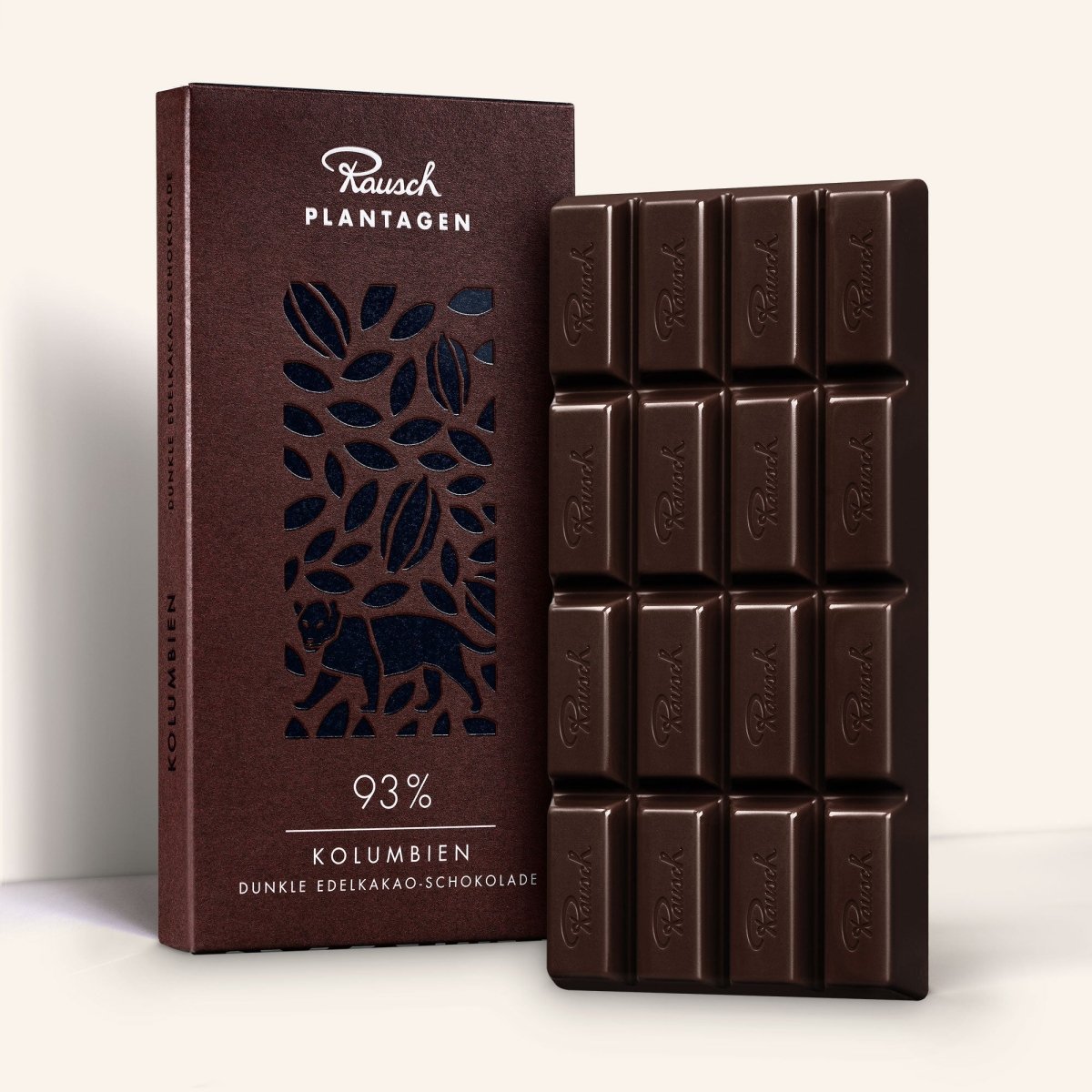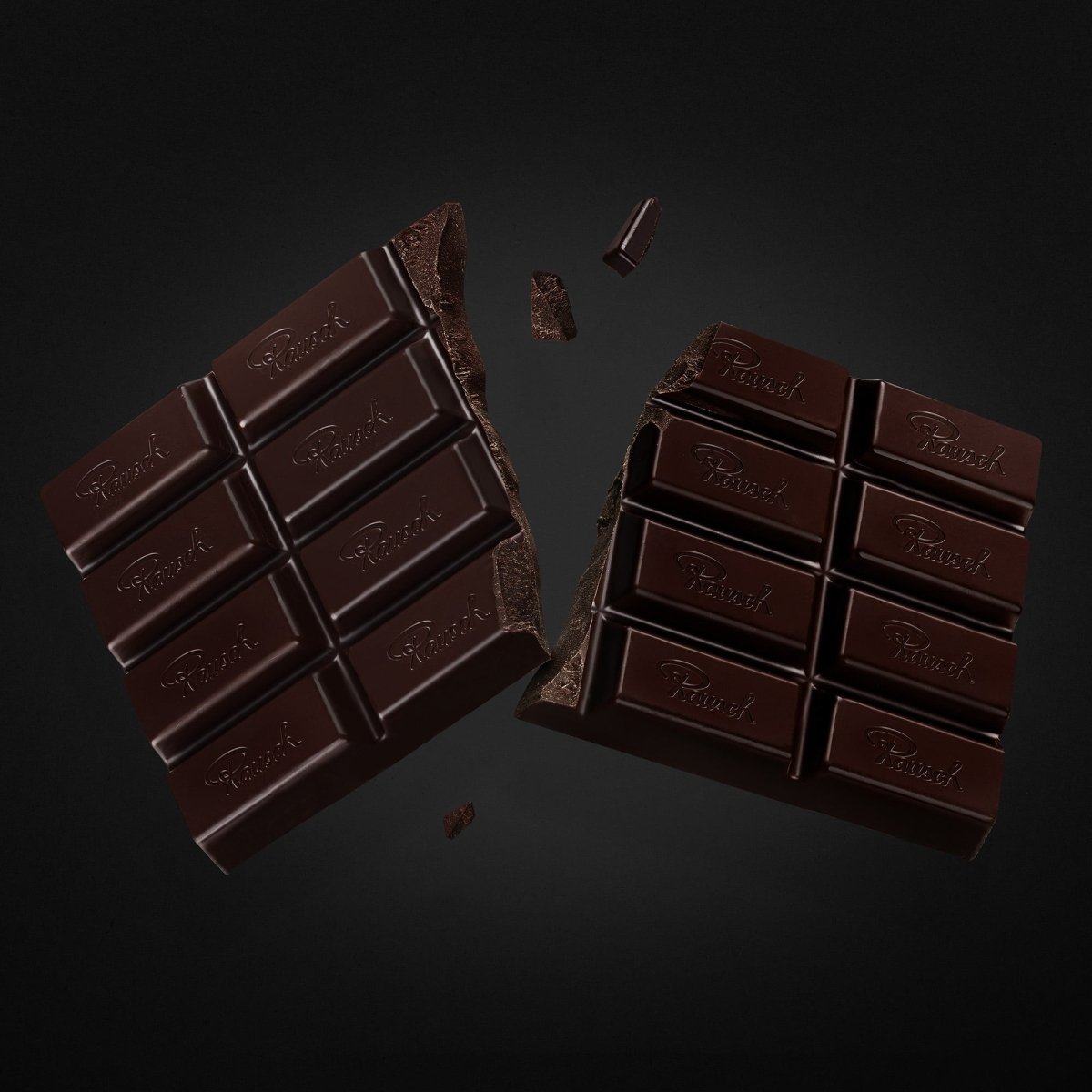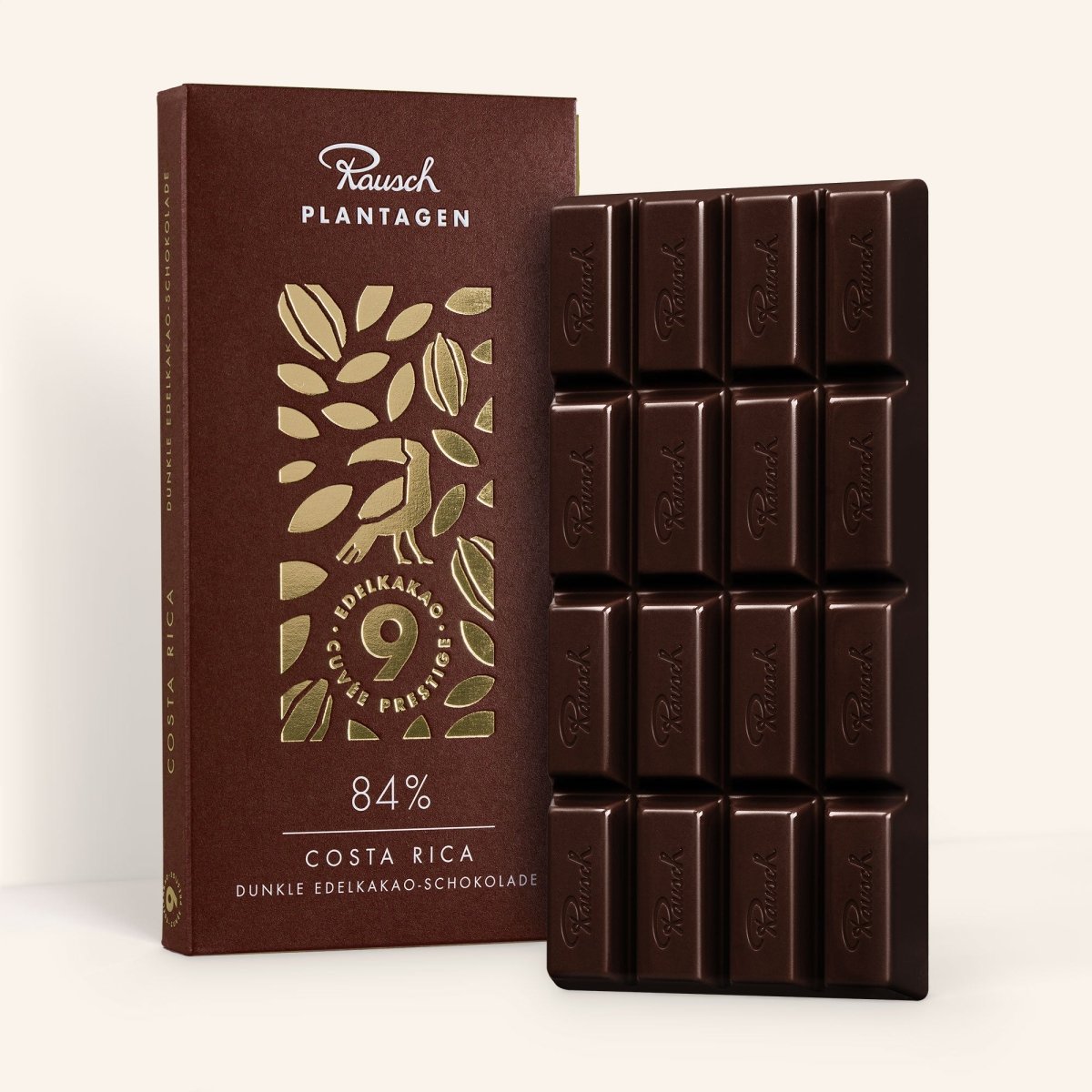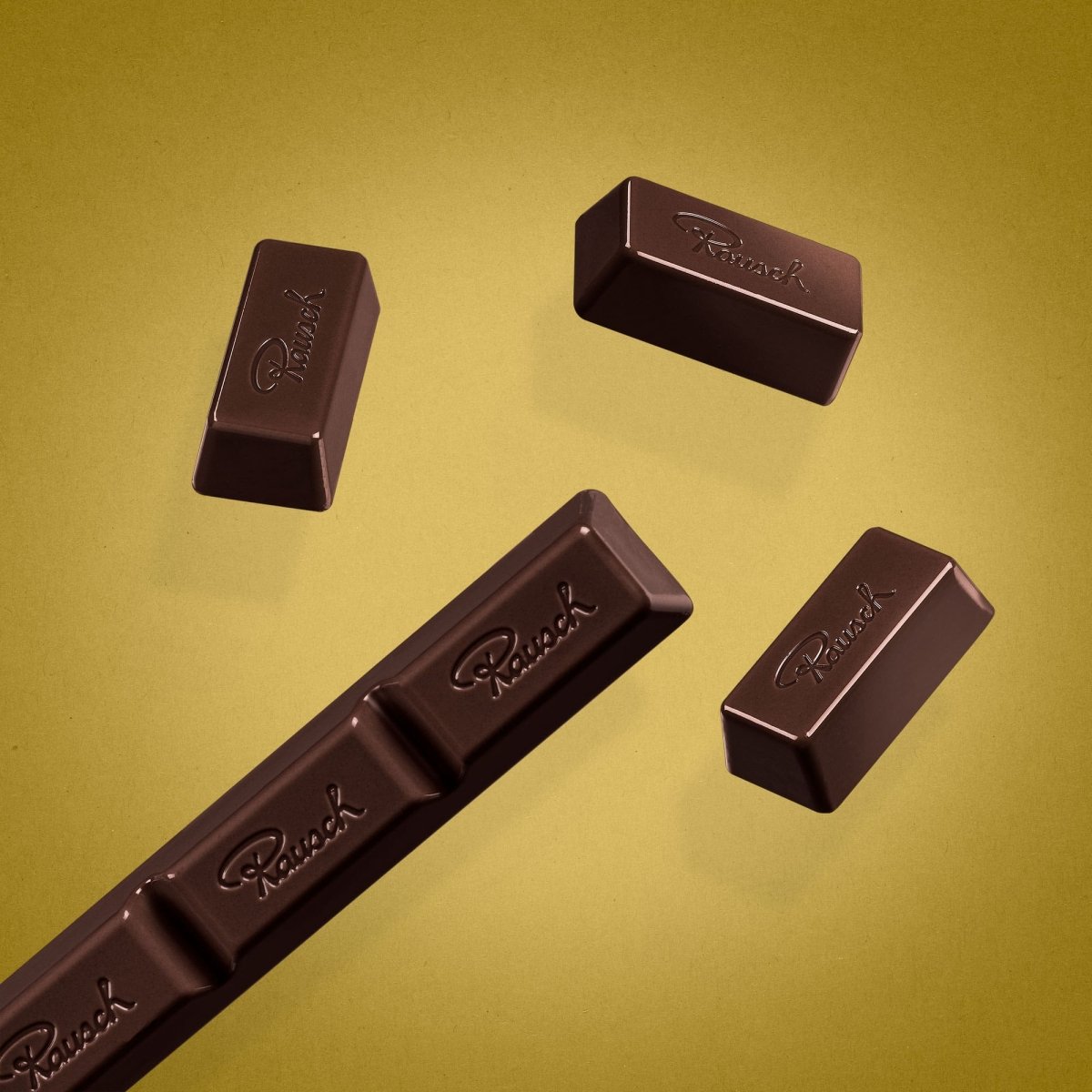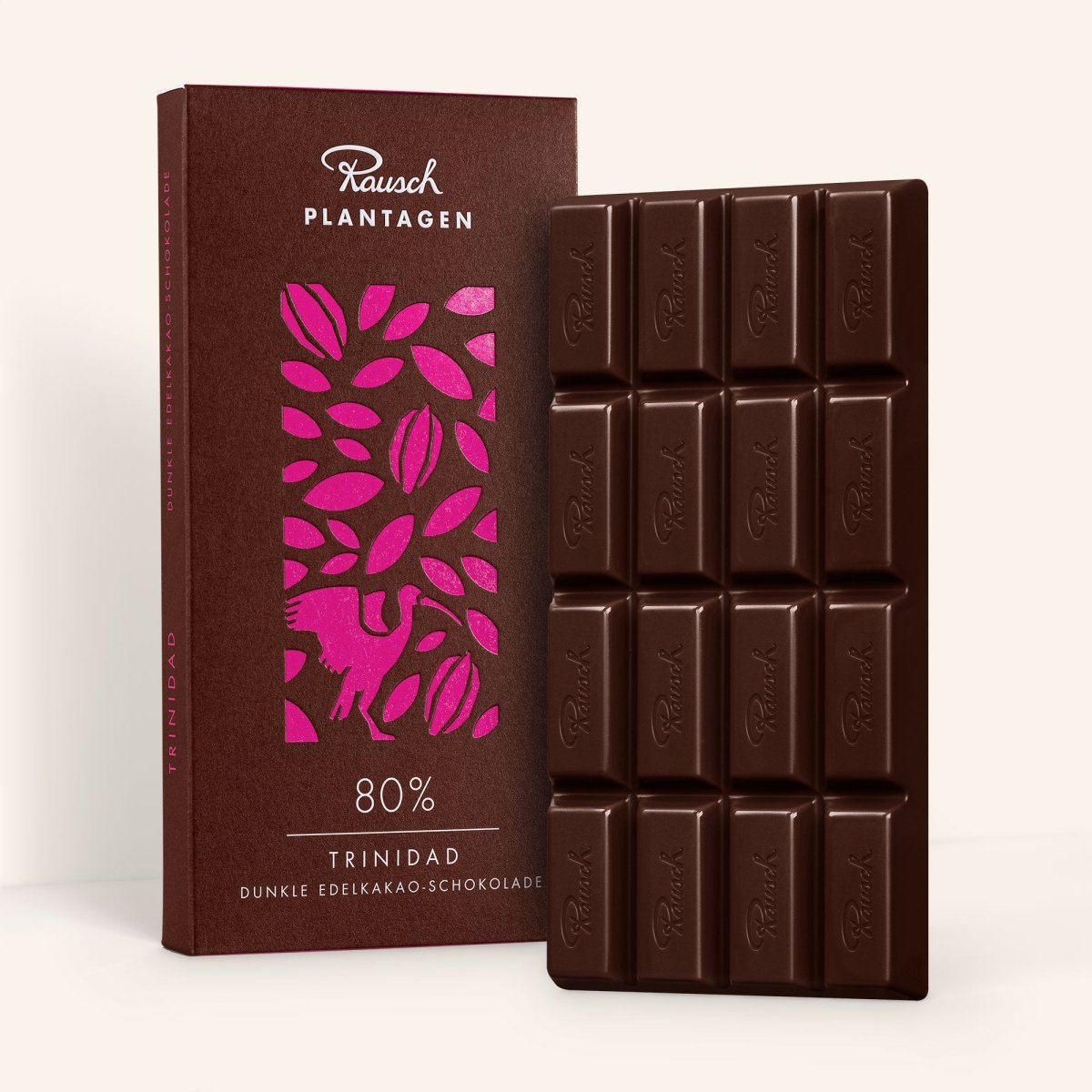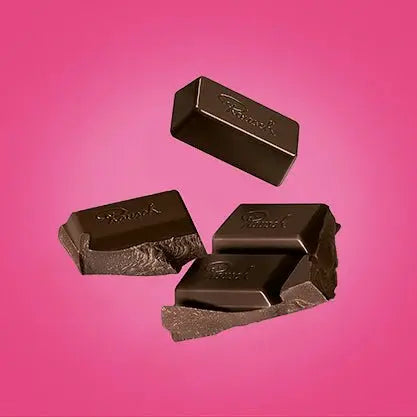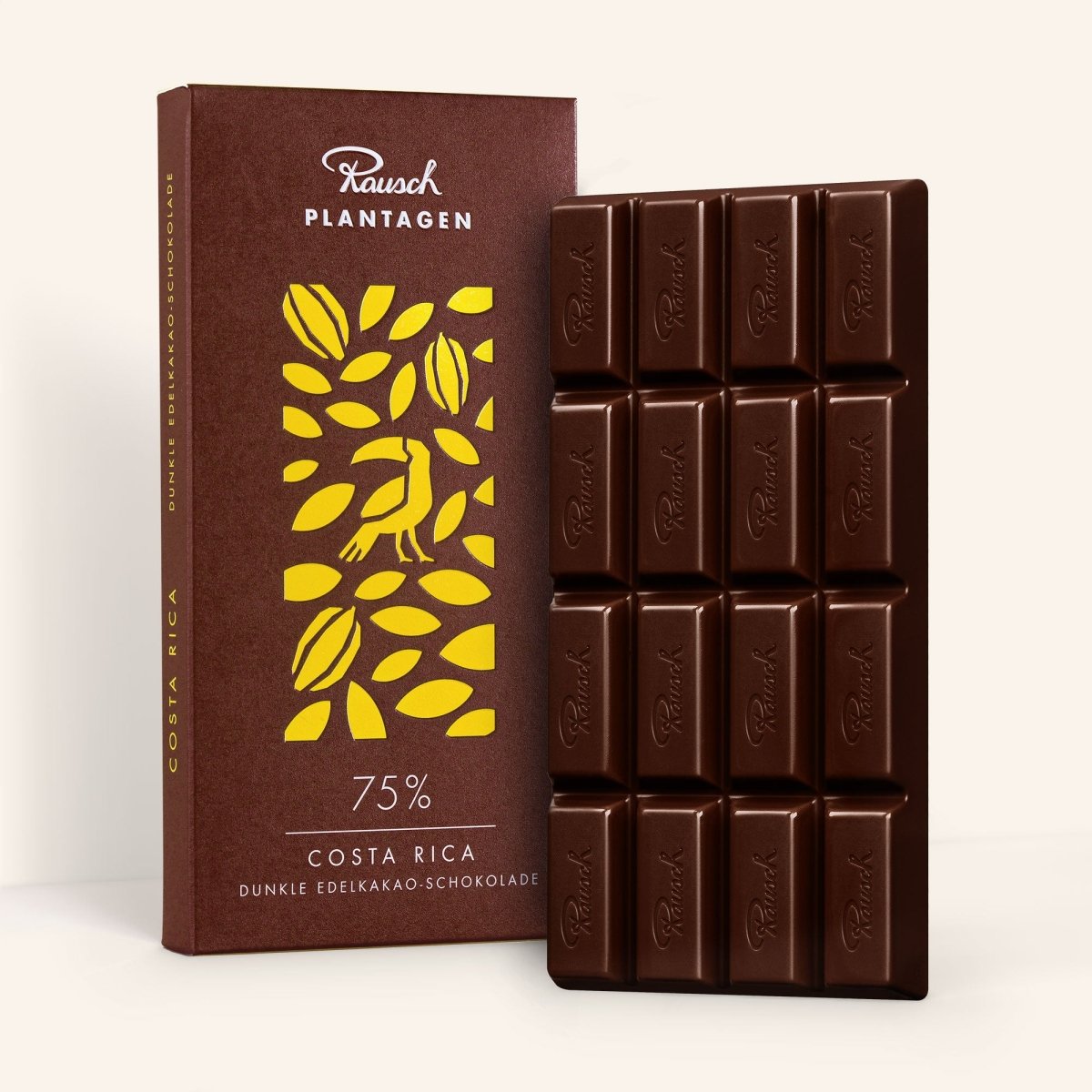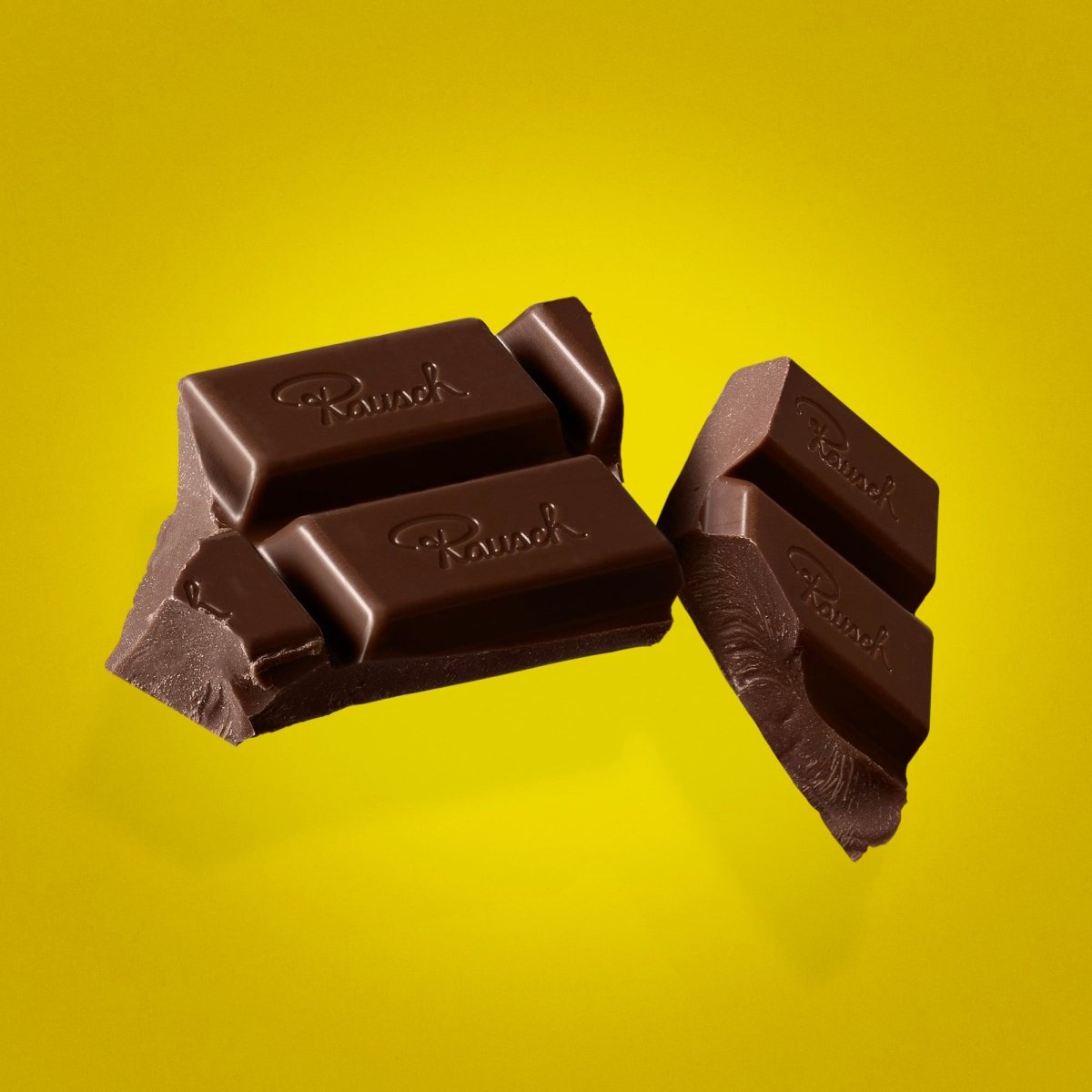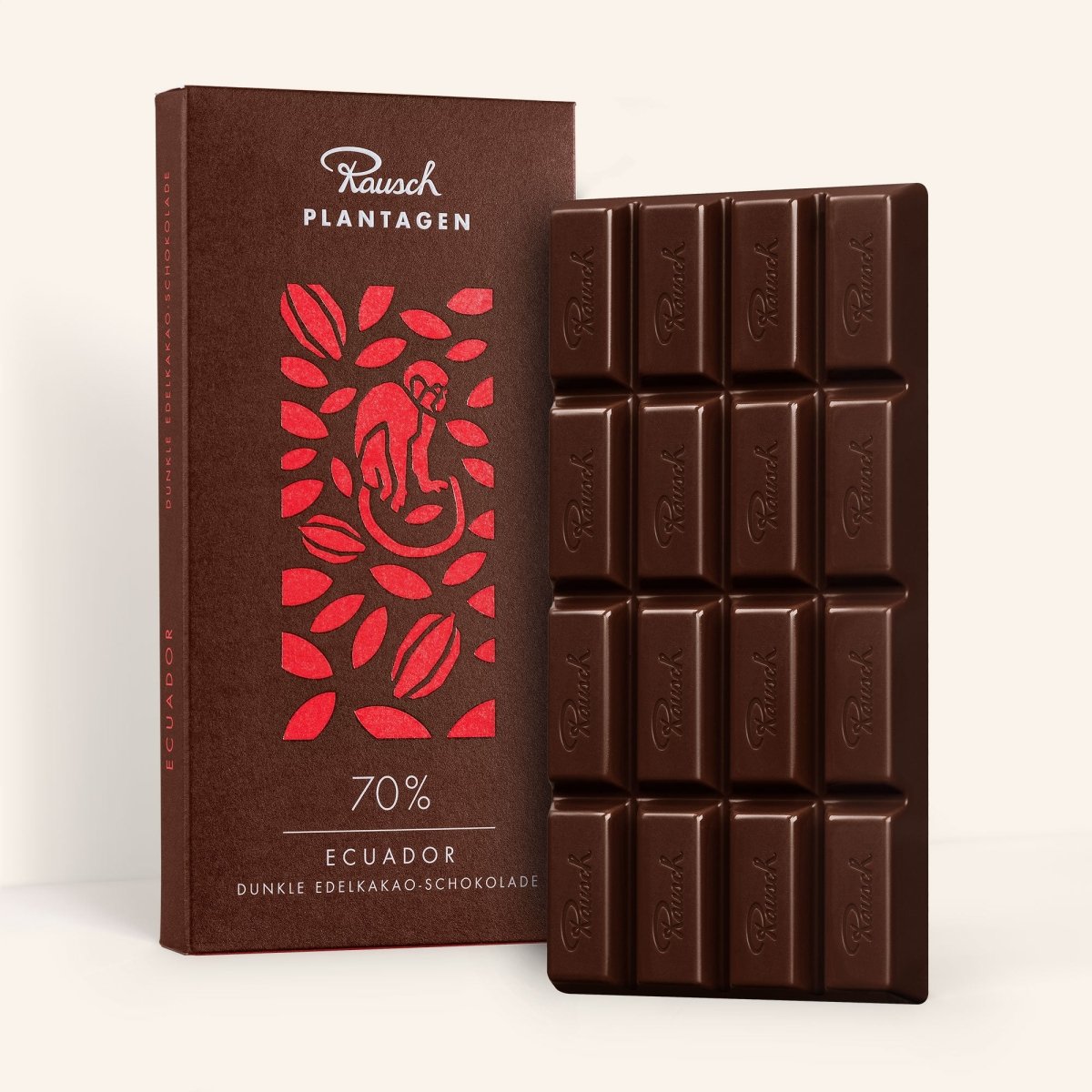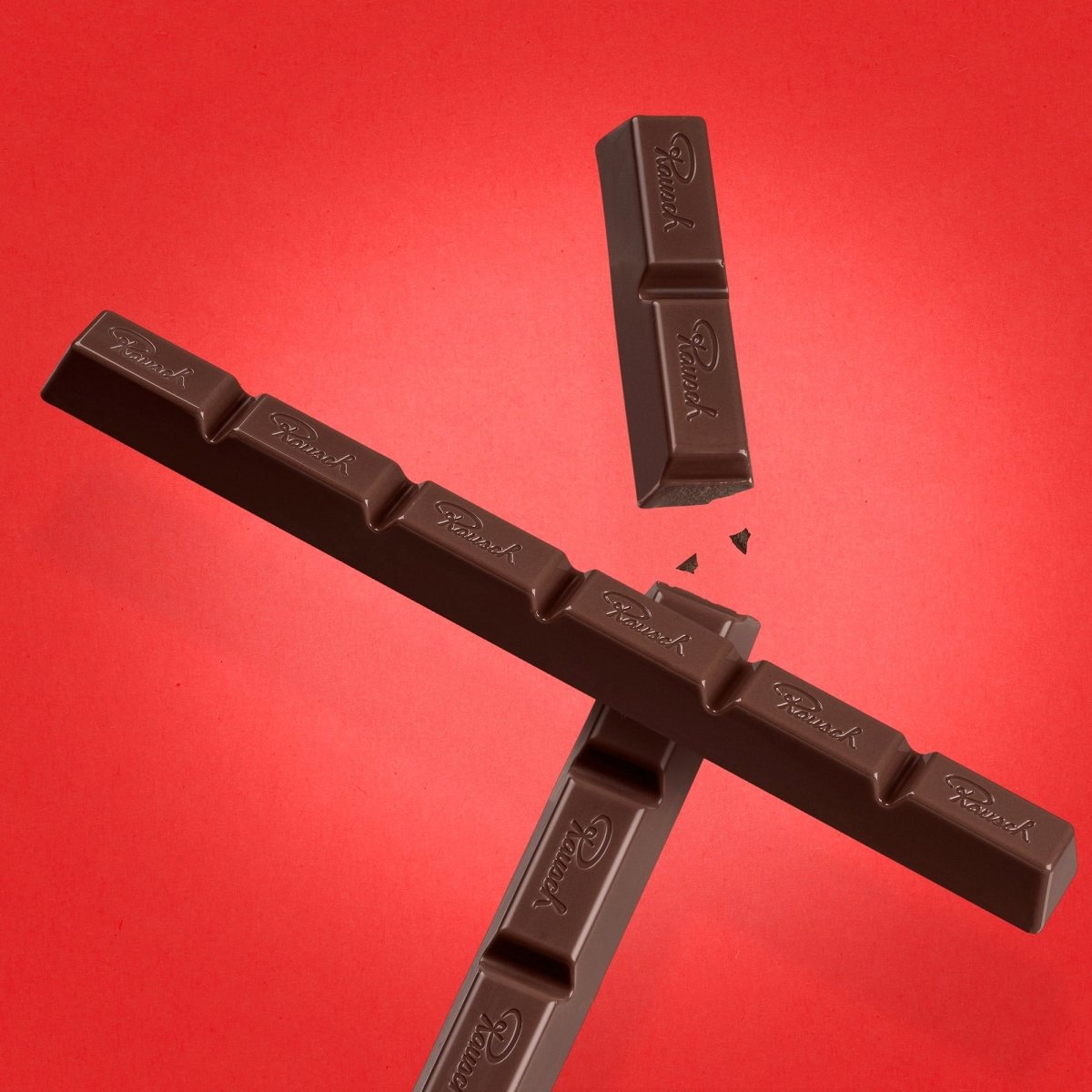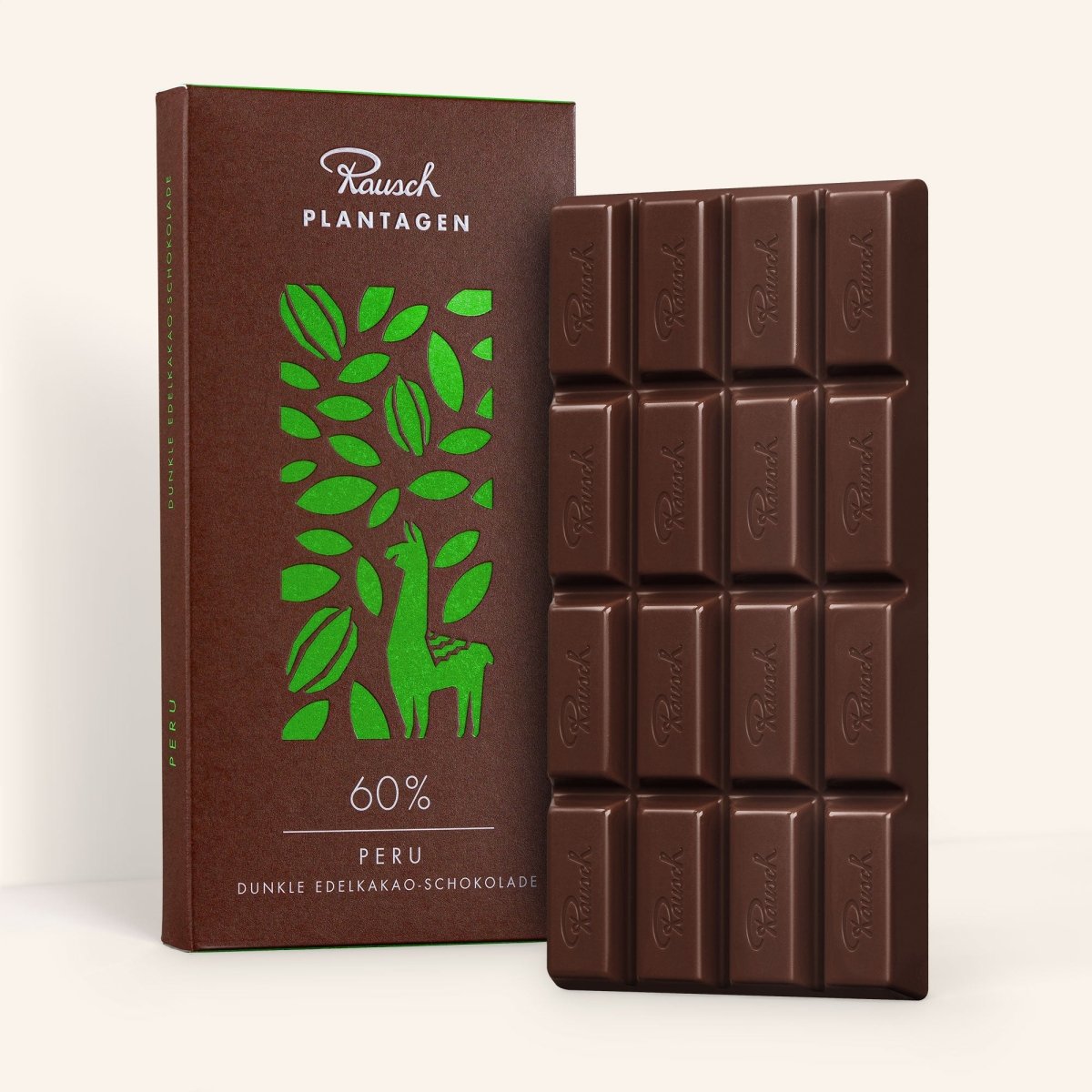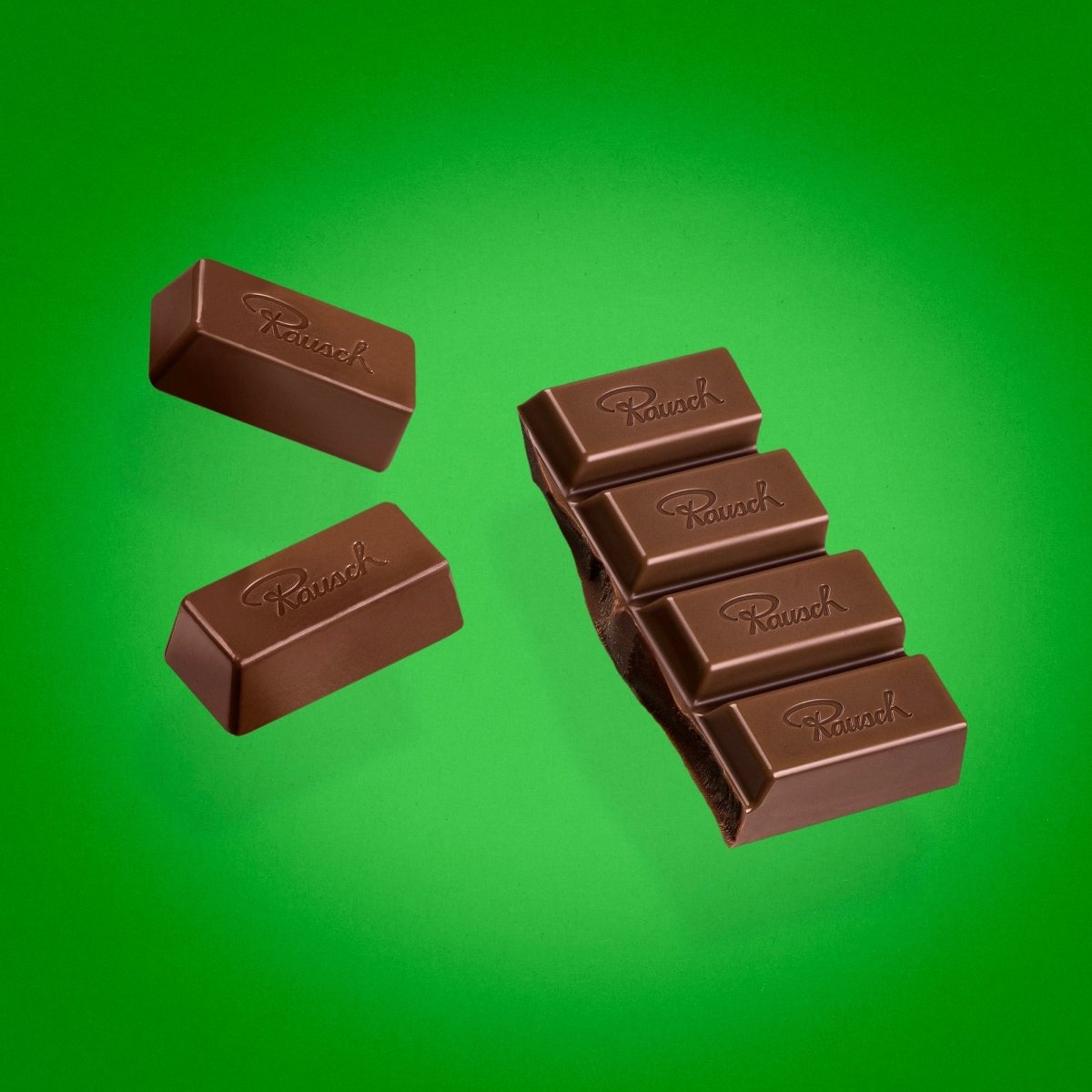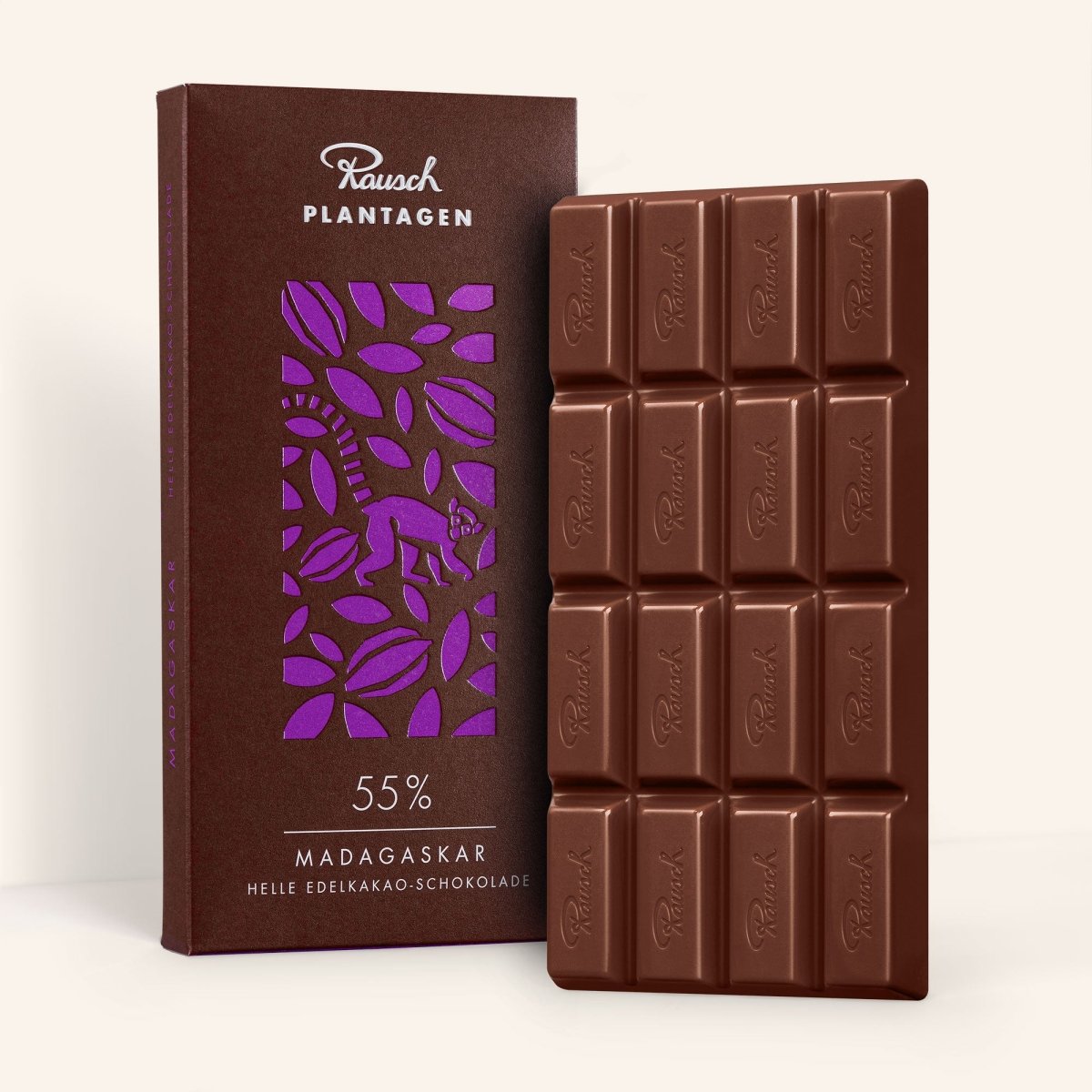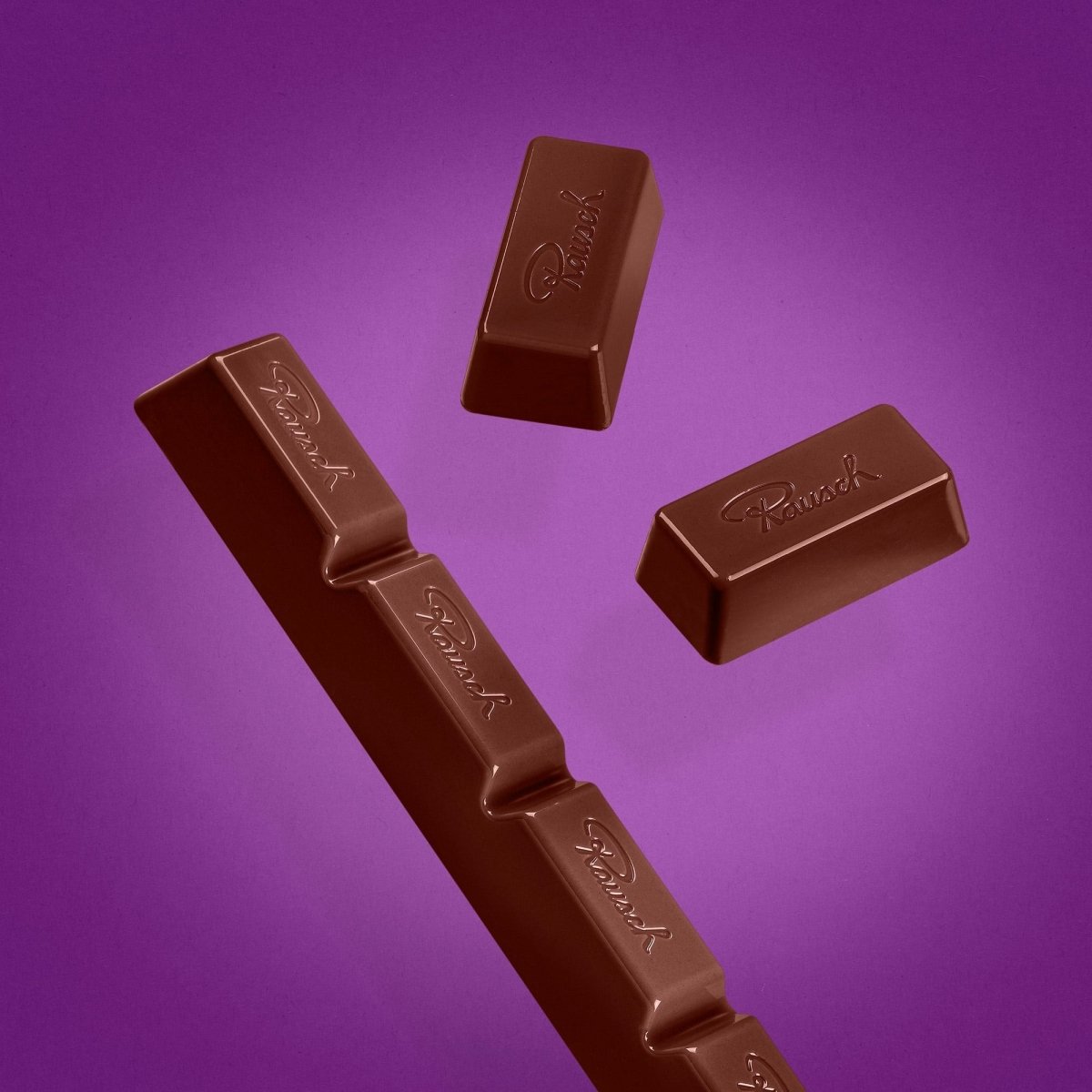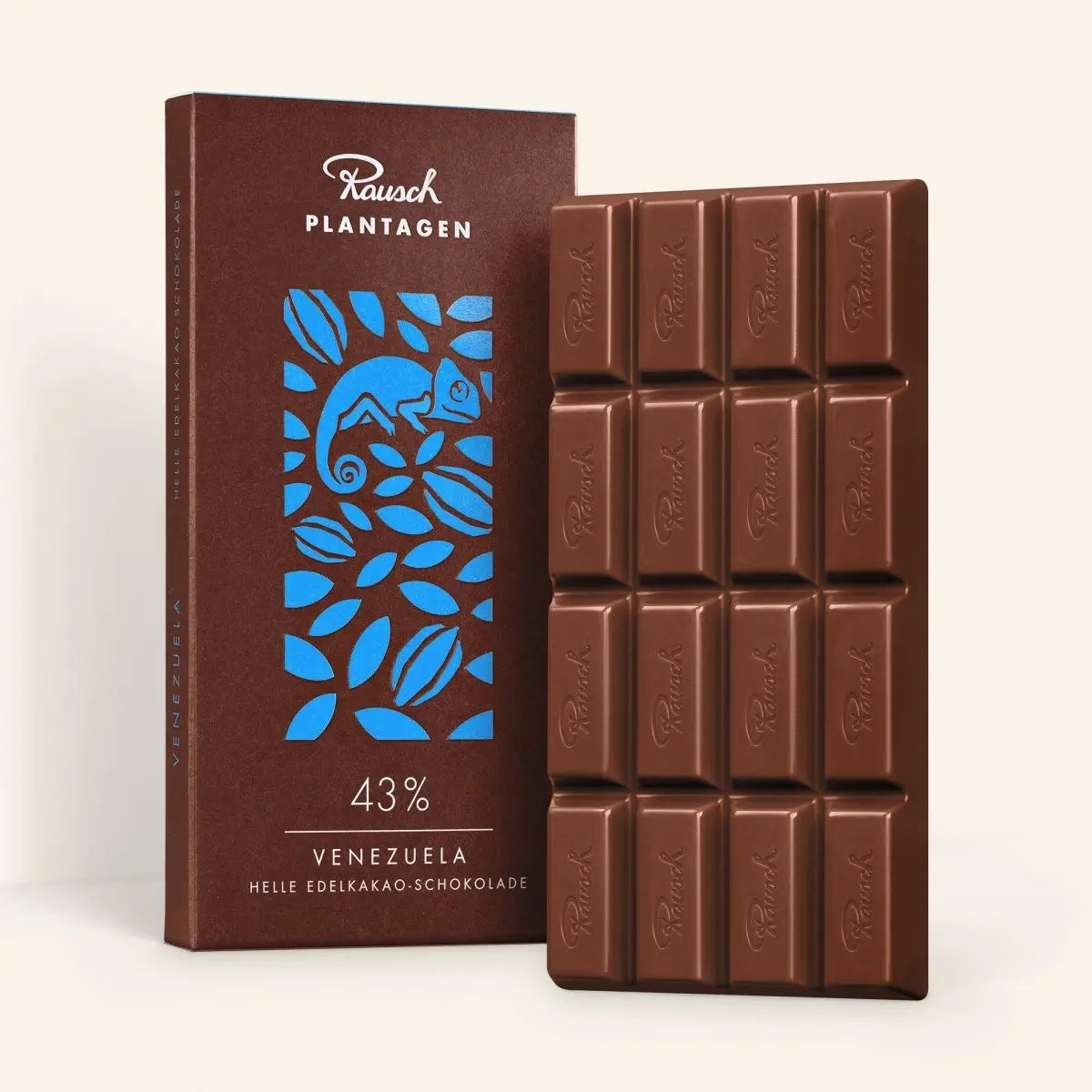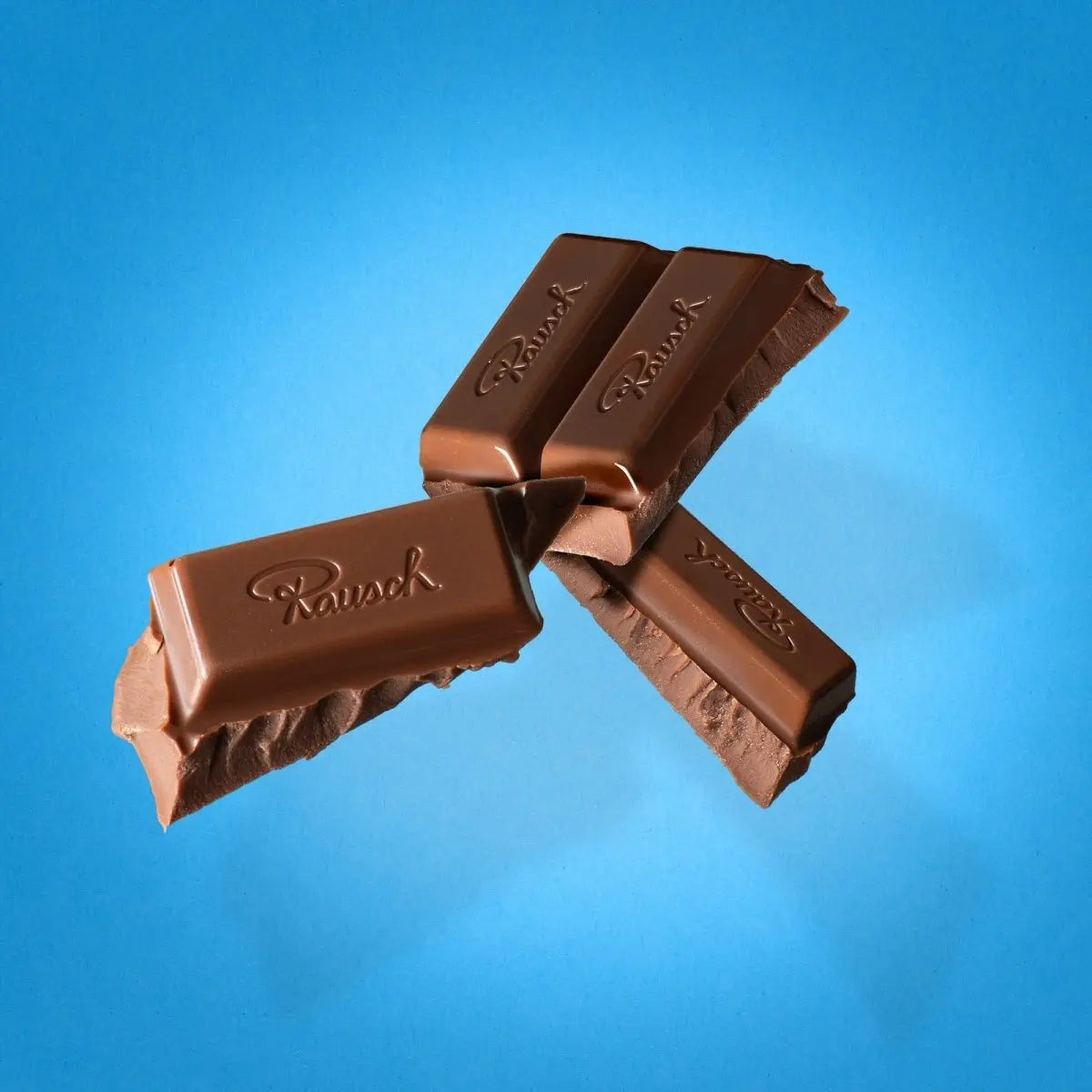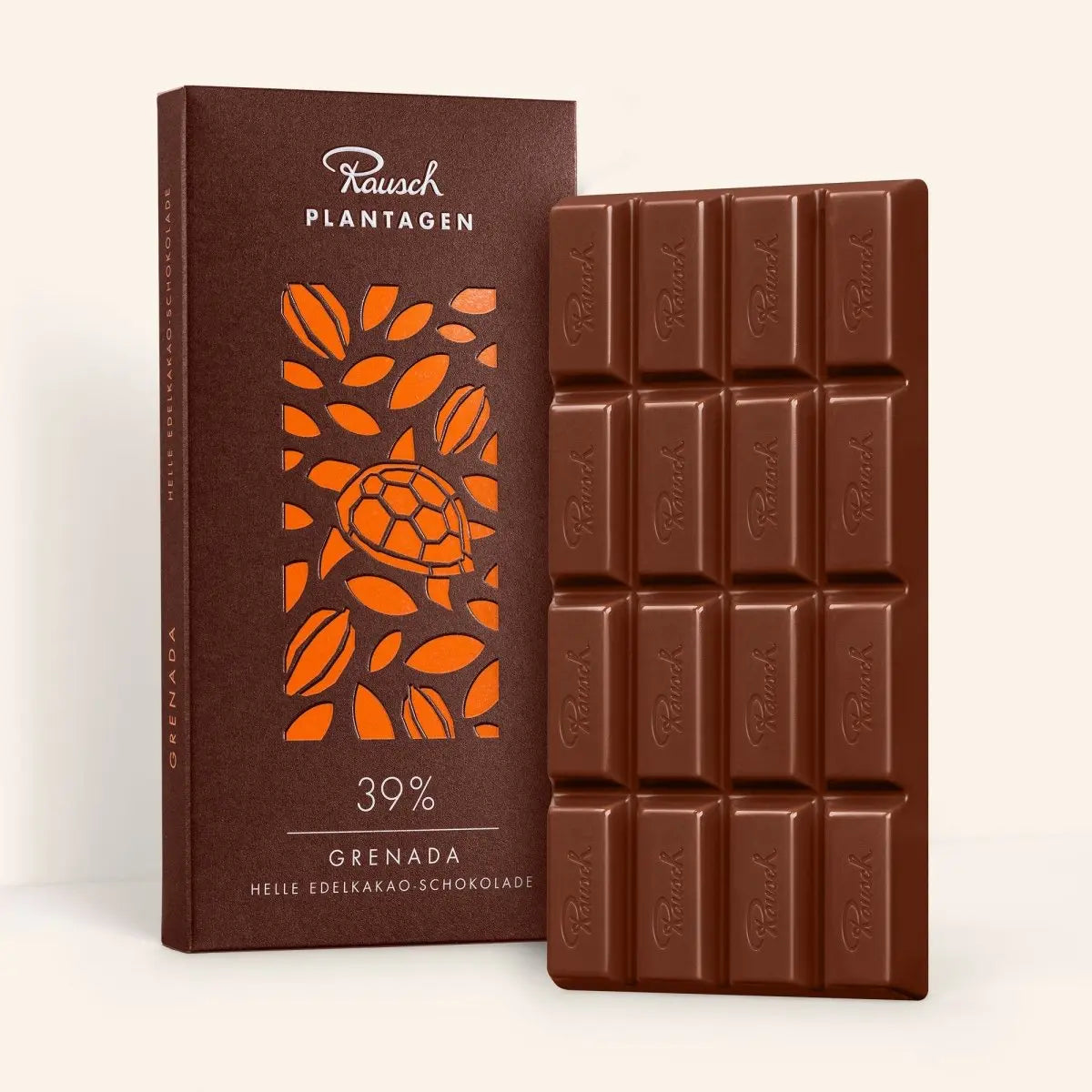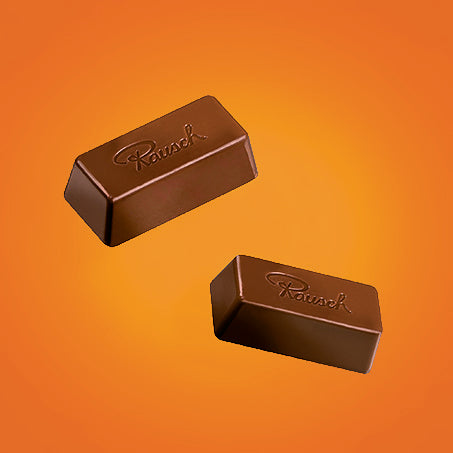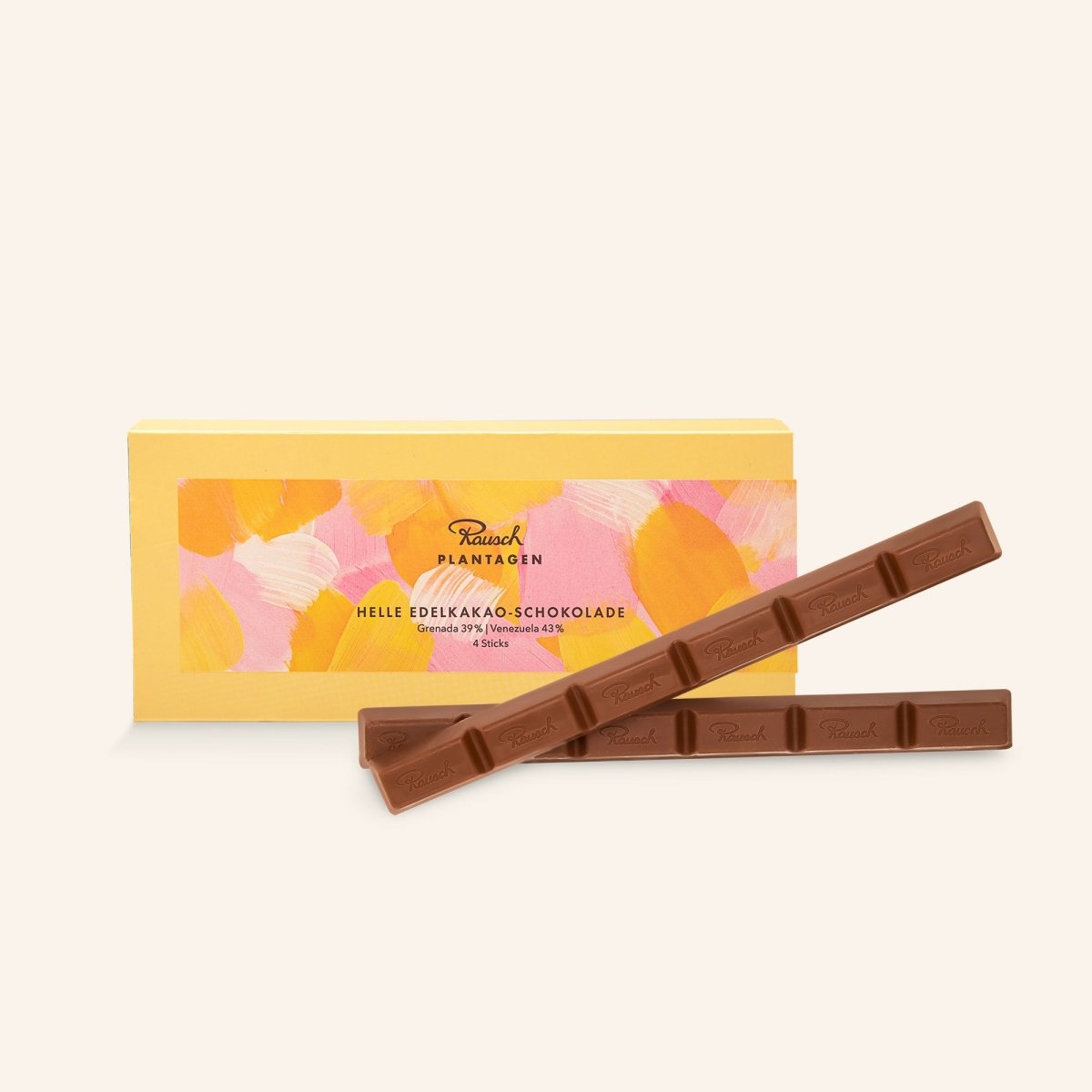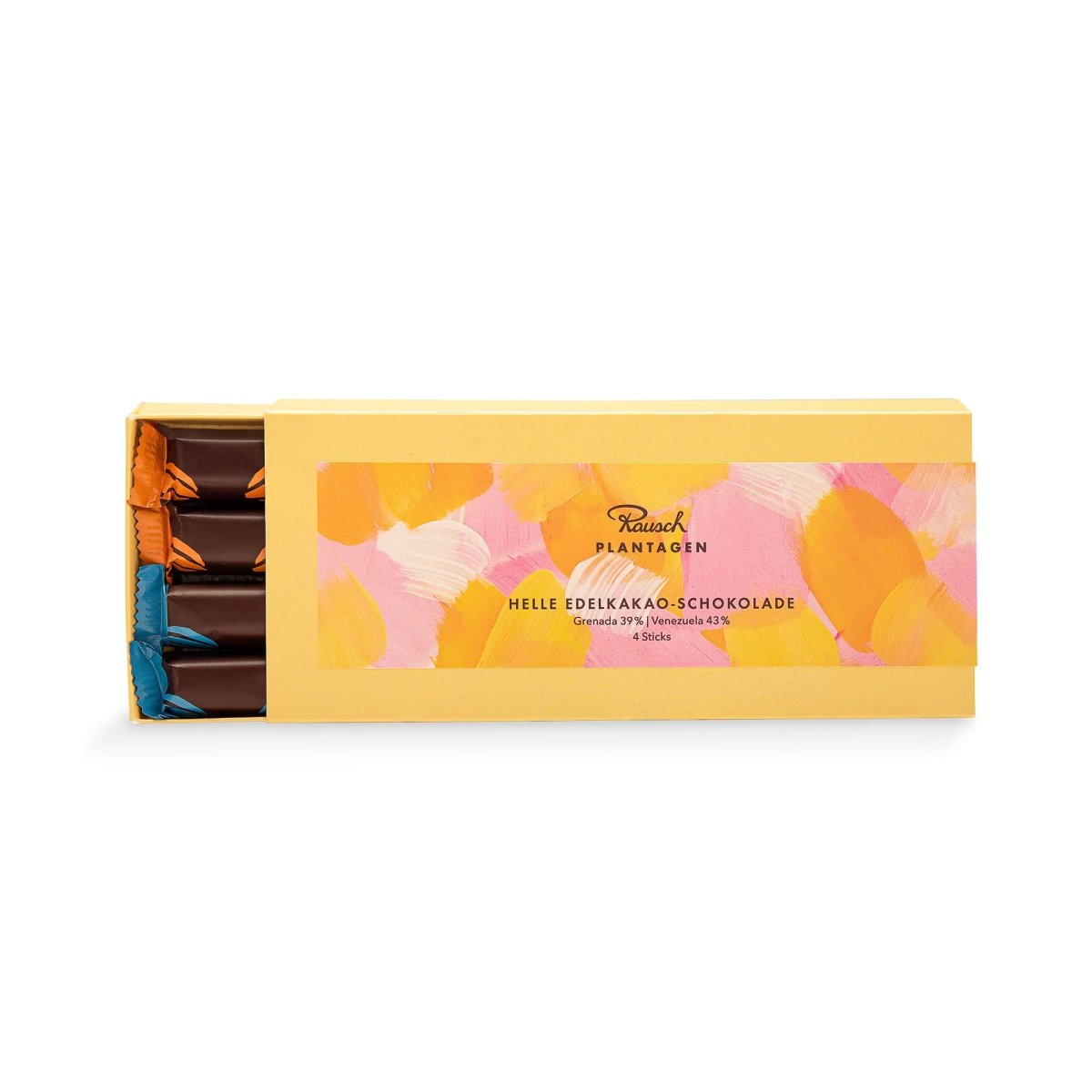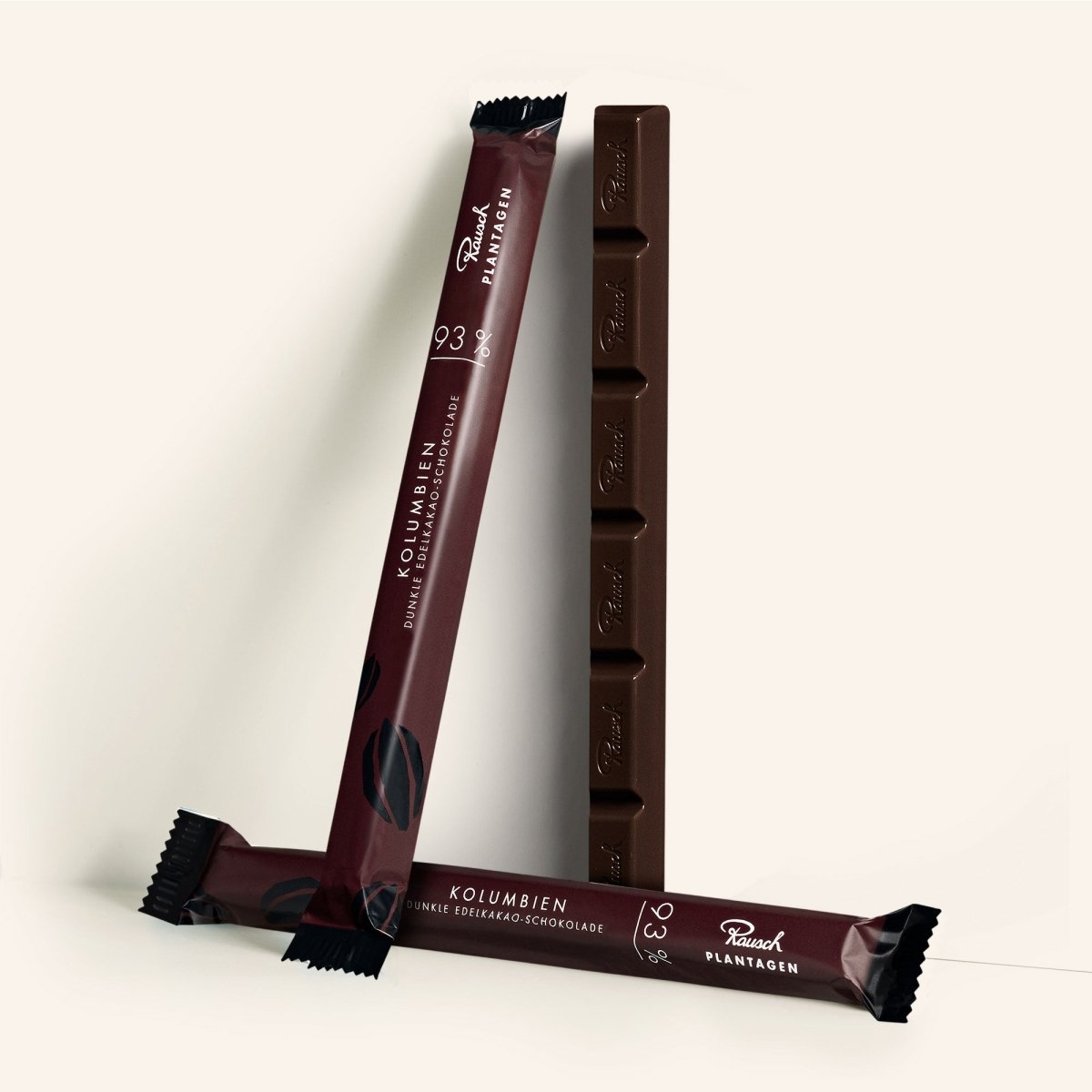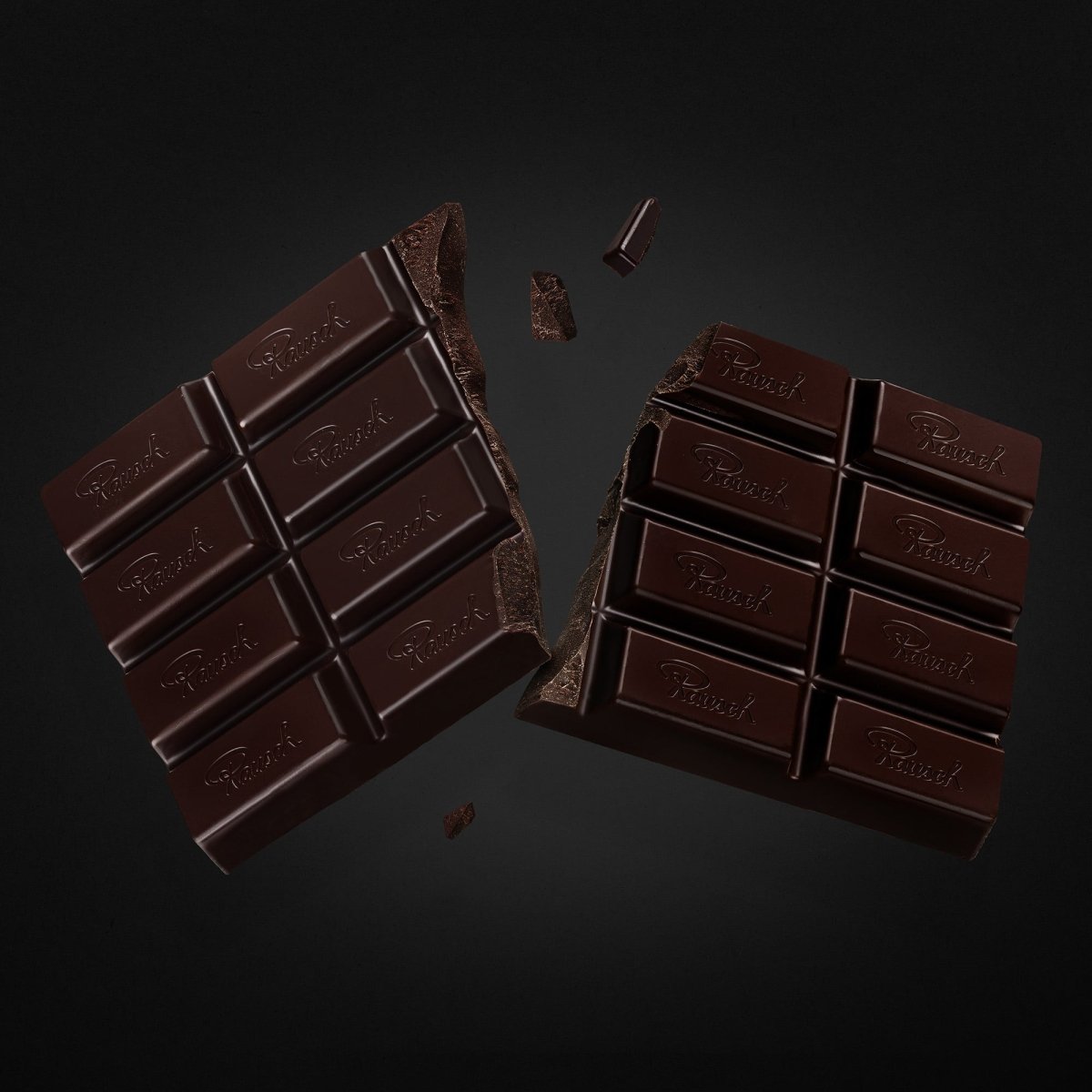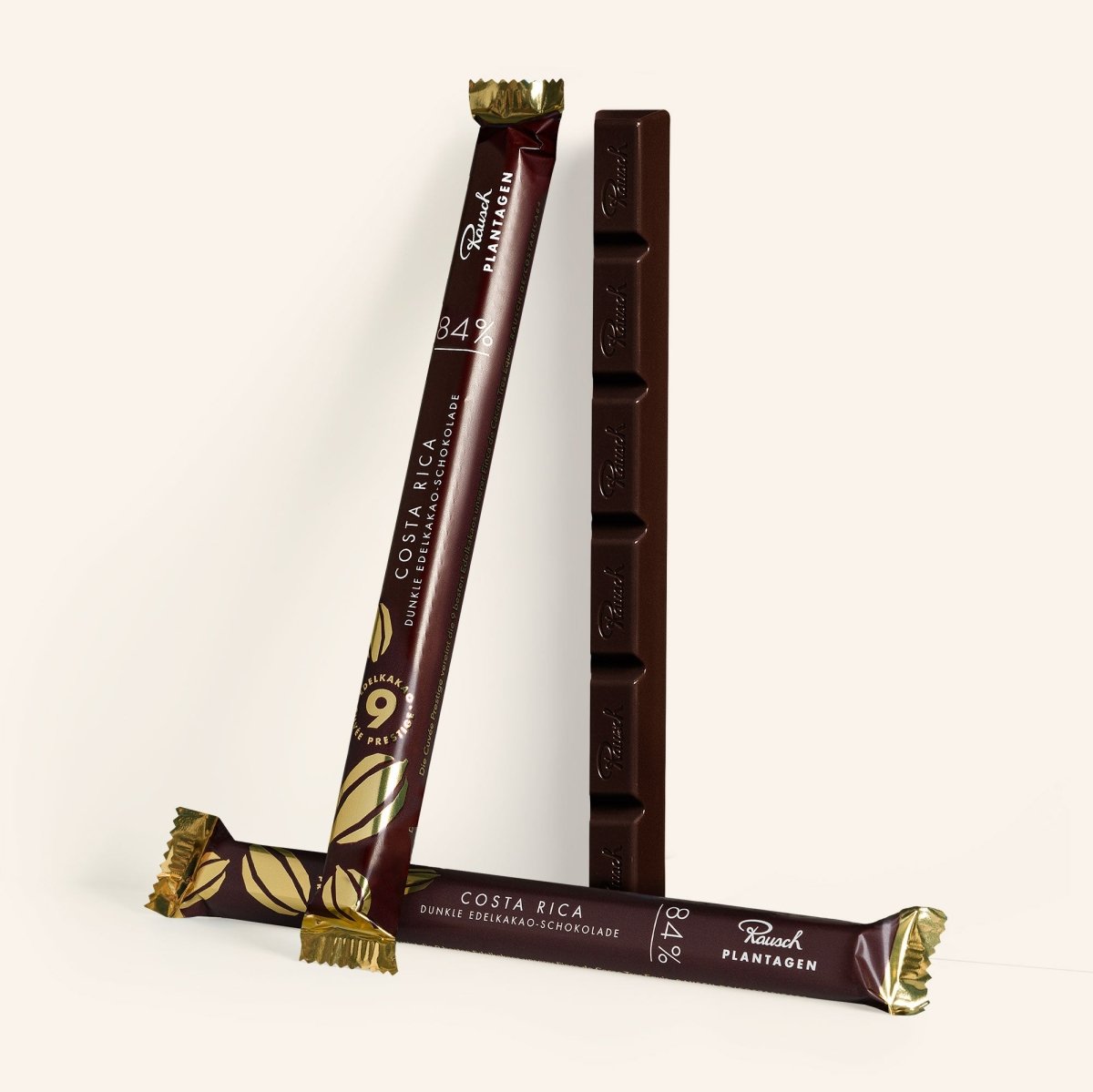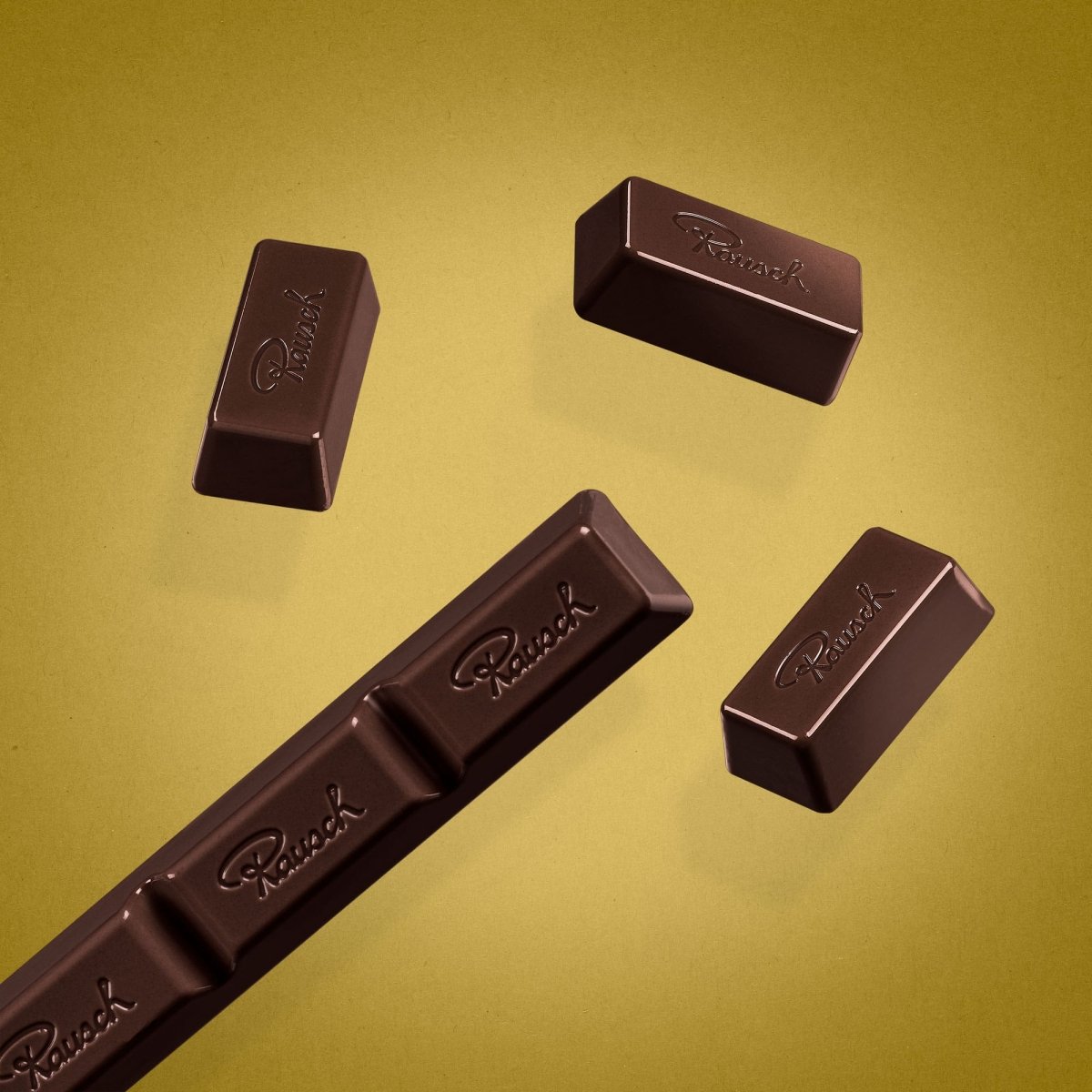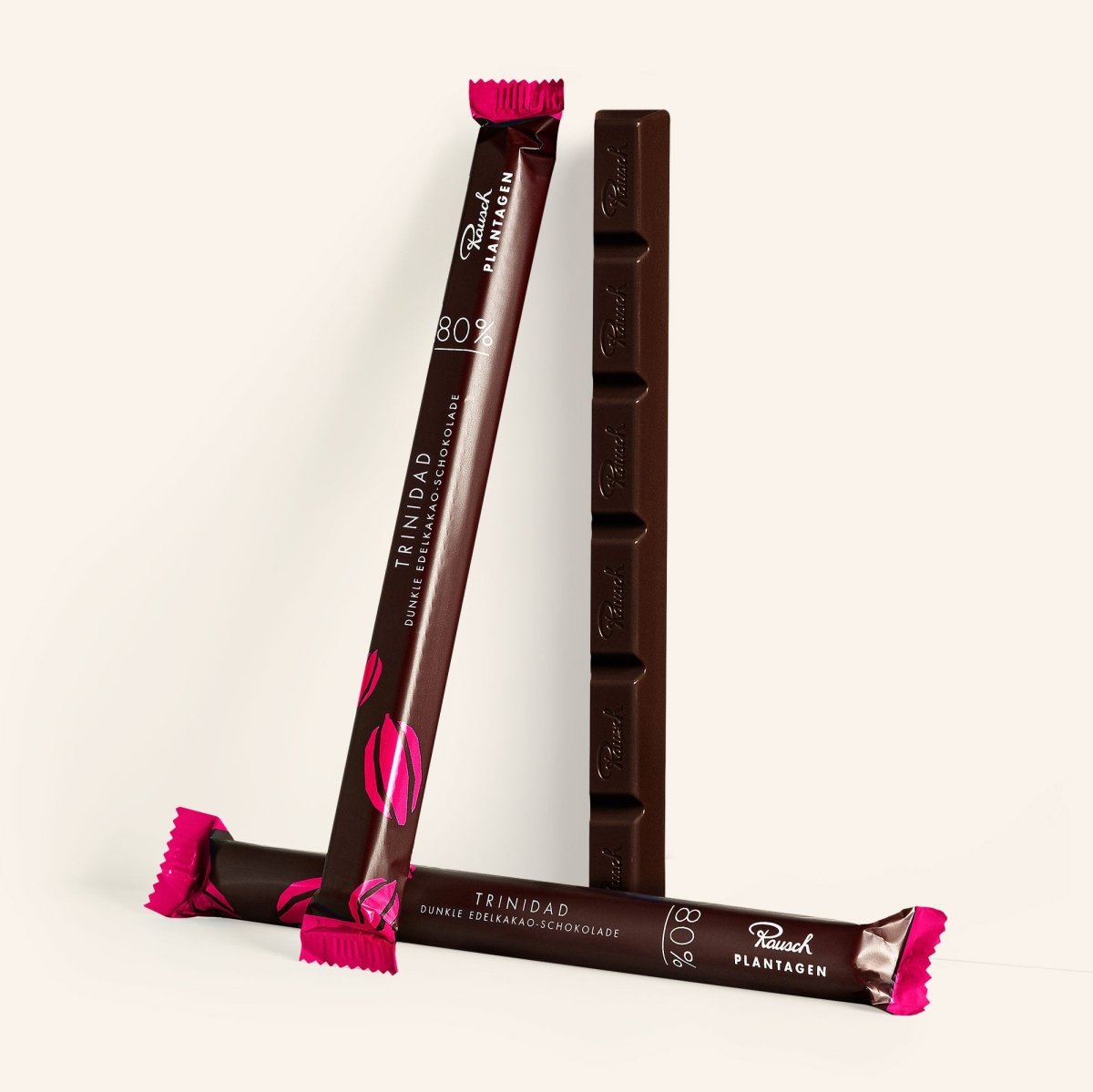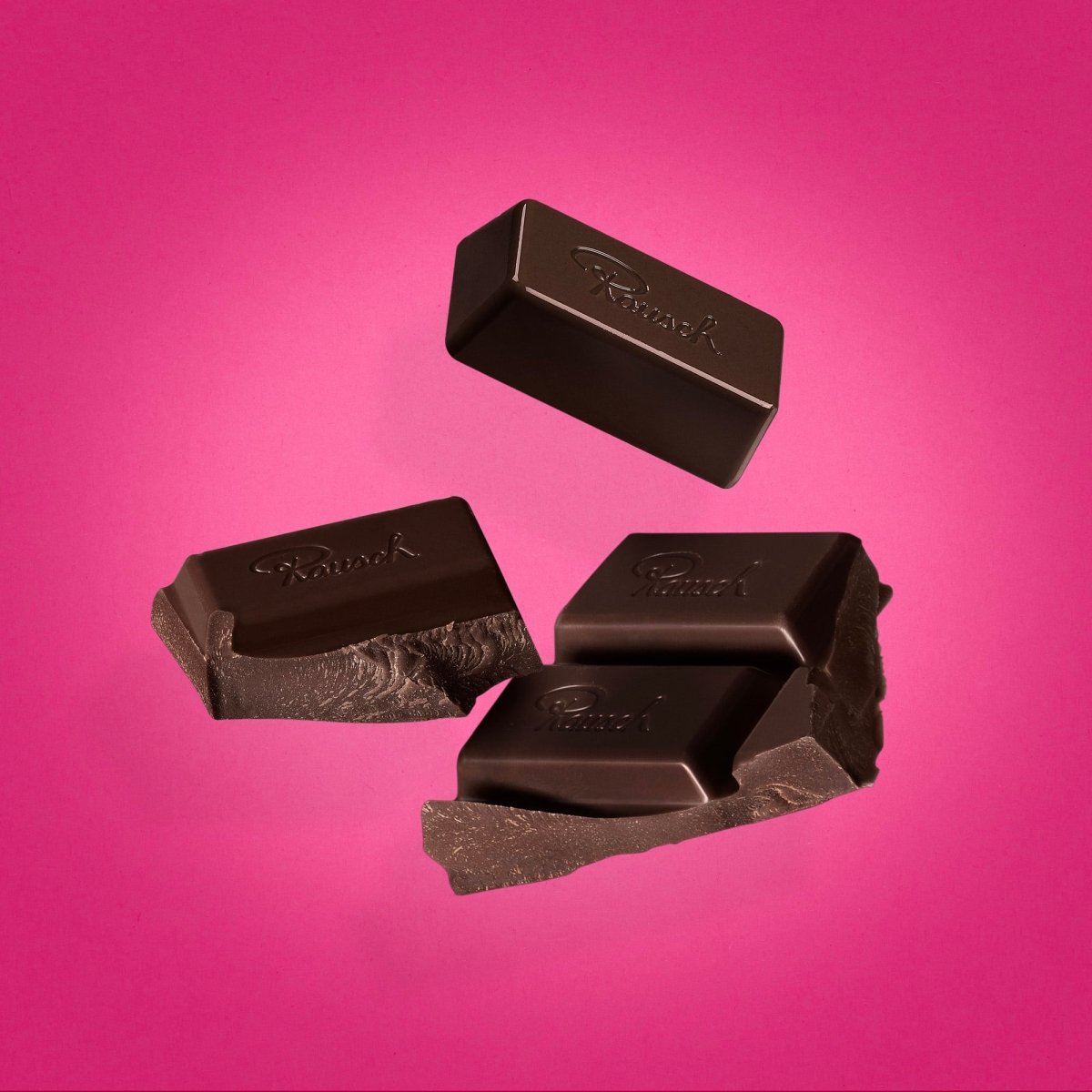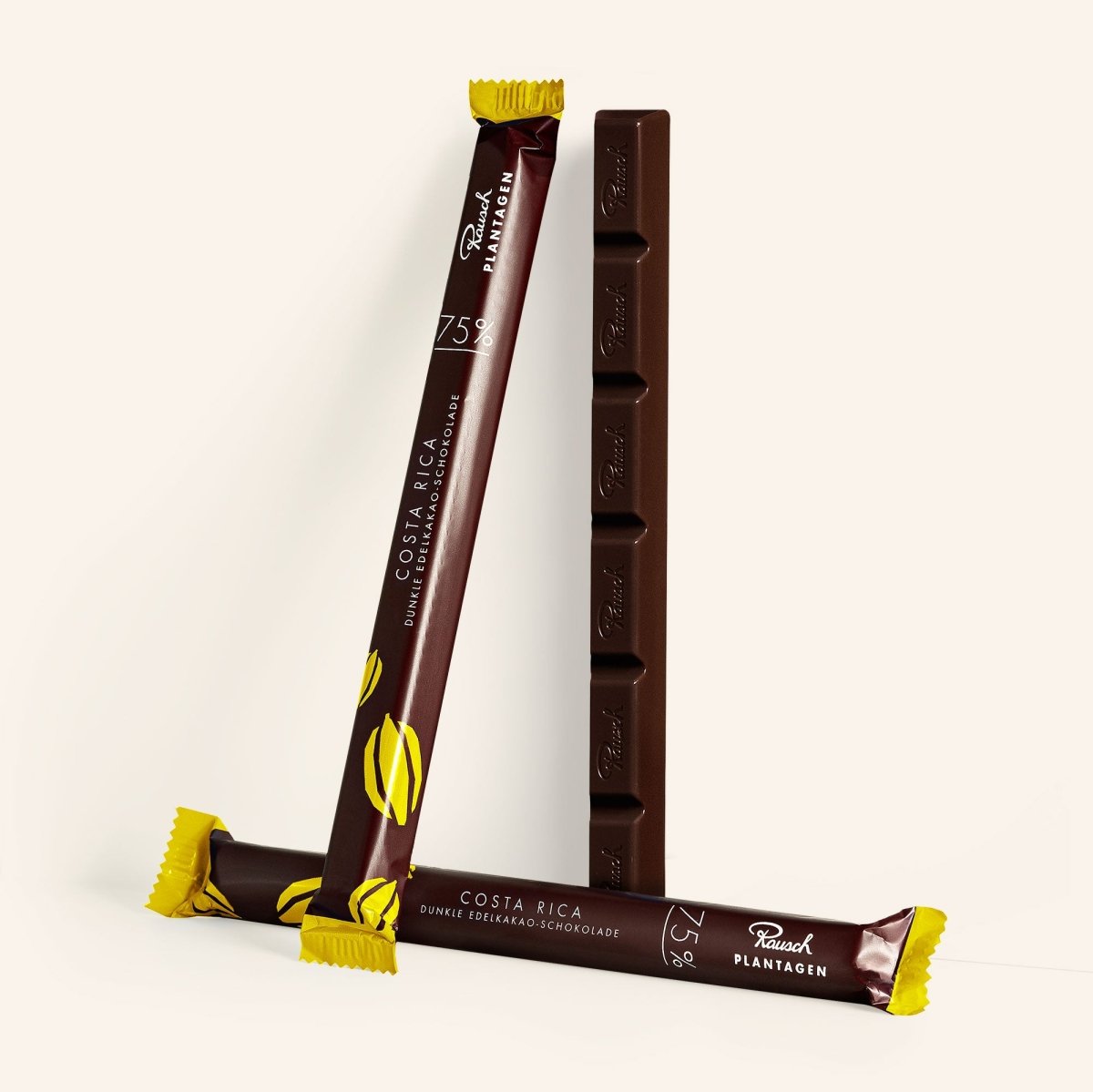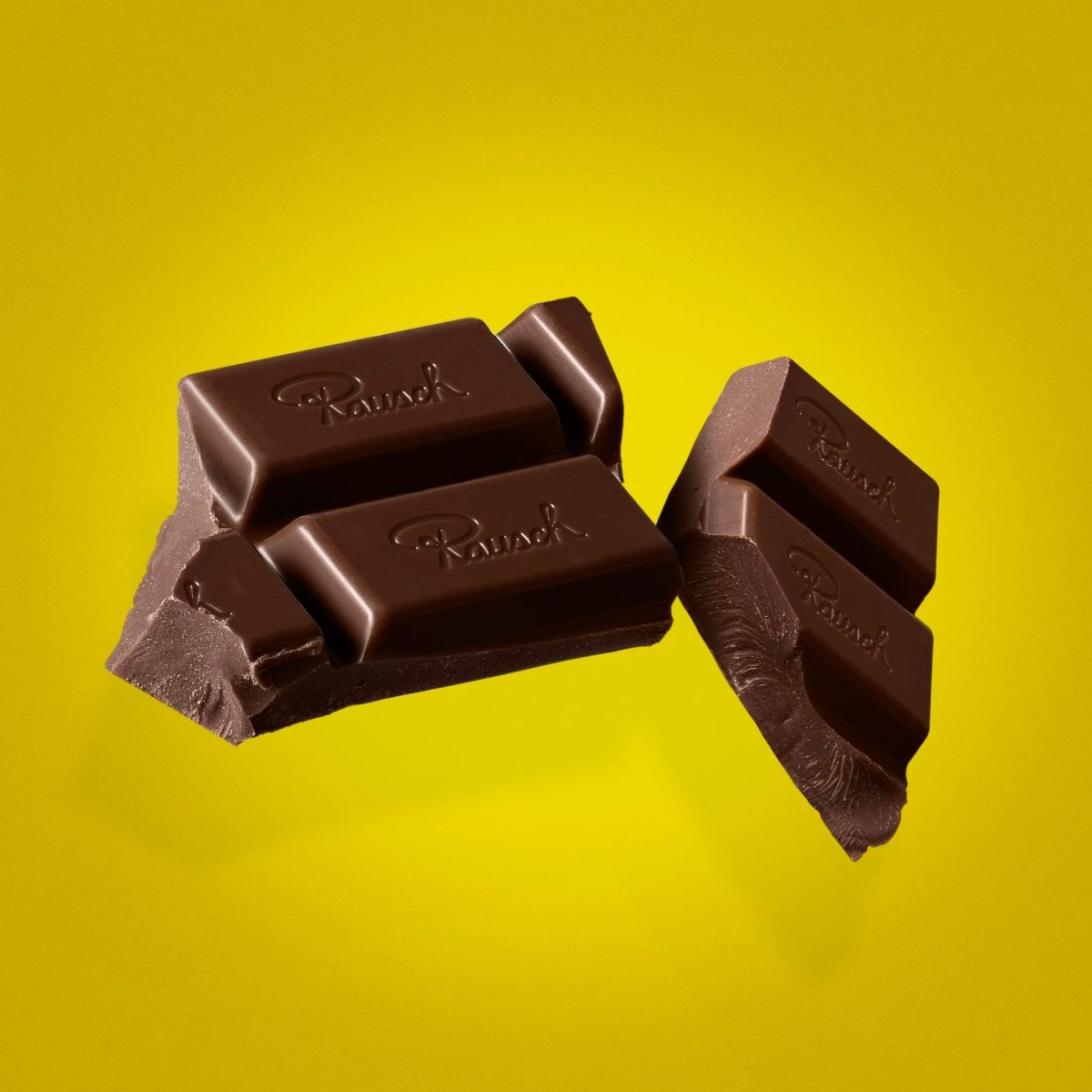FINE FLAVOUR COCOA MAKES THE DIFFERENCE
Rausch only processes selected fine cocoa from the best growing regions in the world. Origin, variety and careful processing give each chocolate its individual flavor profile. The result is fine cocoa chocolate with unimagined aromas, natural purity and the highest quality.
The term "fine flavoured cocoa" is not a marketing term, but a generic term and refers to cocoa that is very rare and precious and is characterized by its particularly fine and characteristic aroma. In Germany, cocoa only counts as fine flavoured cocoa if it comes from a country that is recognized as a producing country by the International Cocoa Organization (ICCO).
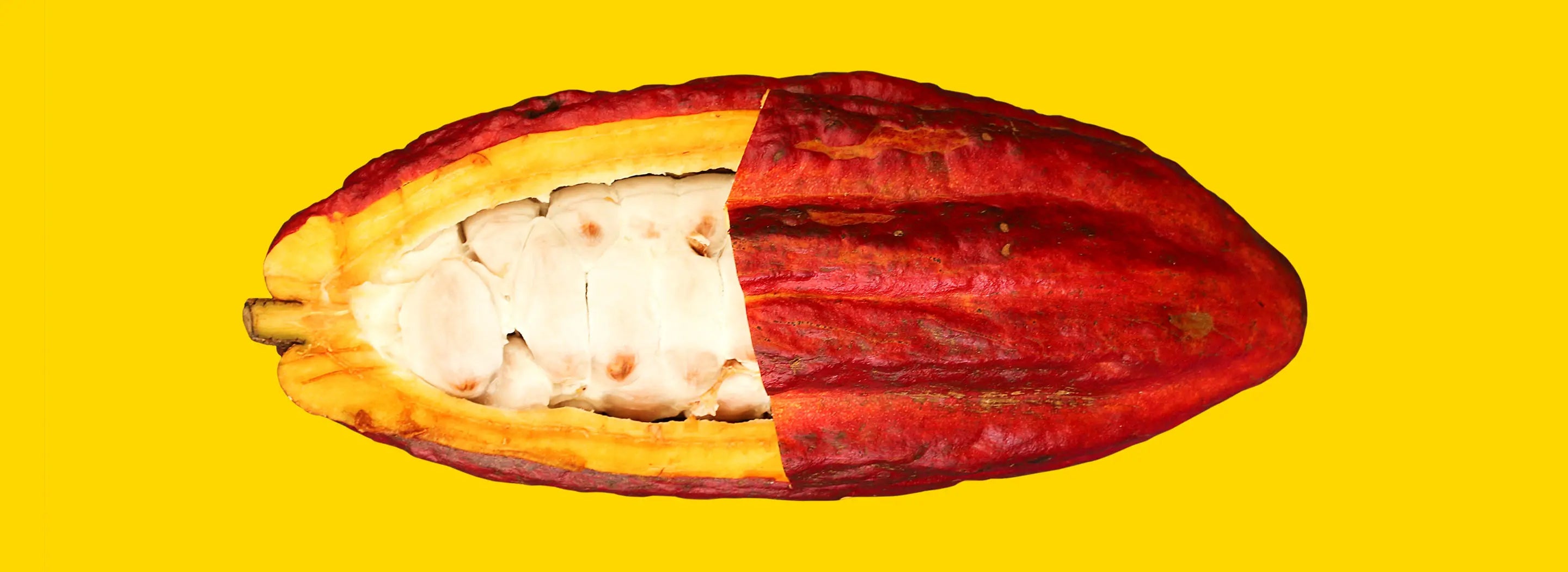
A cocoa tree produces up to 70,000 flowers per year. 700 of these are fertilized - by the end of the year, 70 fruits have ripened.
The cocoa fruits come in different shapes. They are round, oval, melon-shaped, smooth or ribbed and weigh up to 1.5 kg.
From green to orange to yellow and from dark purple to reddish - the colors of the fine flavour cocoa fruits vary depending on the variety.
The cocoa seed contains up to 50 % fat (cocoa butter) and is rich in protein (approx. 10 %).
Depending on the variety, it is white, pink or dark purple.
The flesh - also known as "fruit pulp" - tastes sweet, like a mixture of lychee, cherry and guava.
One cocoa fruit contains 30-50 seeds. A single bar of milk chocolate can be made from 50 seeds.
What is the difference?
Chocolate can be made from "bulk cocoa"or "fine or flavour cocoa". However, the best quality can only be achieved with pure fine flavour cocoa. Their diverse, intense aromas are unique and characterize the taste of a pure, high-quality processed chocolate.
For our ›Rausch Plantagen‹ chocolates, we only use pure fine flavour cocoa.
Low variety diversity: Often mixtures of different varieties such as Forastero, which account for over 90 % of the world's cocoa cultivation.
Exclusive variety: fine flavour cocoa with fruity, floral or other special notes, formerly known as Criollo, Trinitario and Nacional. They account for less than 10 % of global cocoa cultivation.
Cultivation in monoculture: Mainly in West Africa, often under less sustainable conditions.
Cultivation in agroforestry systems: mainly in Latin America, the Caribbean or Asia, where fine flavour cocoa is traditionally combined with many other plant species.
Standardized quality: Taste and quality vary little - the aim is constant mass production.
Outstanding quality: focus on maximum enjoyment and individual variety of flavours.
Low aromatic richness: flat taste with few nuances.
Complex aromas: Interplay of a variety of different aroma notes with fruity, nutty and floral character.
Easier processing: less care during harvesting and fermentation to reduce costs.
Elaborate fermentation and drying: individual post-harvest processes to optimally develop the natural aromas.
Less sustainable farming methods: Intensive agriculture with high pesticide use, degraded soils and low biodiversity.
Sustainable cultivation: Environmentally friendly projects with fair conditions for farmers and respect for nature.
Mass production: Typical of mass-produced goods from large chocolate manufacturers.
Niche and premium products: Typical for gourmet chocolates from specialists.
Standardized industrial processing: less focus on artisanal production and gentle roasting processes.
Gentle processing: Gentle roasting and minimalist processing to preserve the natural aromas.
Marketing by volume: The chocolate is designed to appeal to the widest possible audience.
Value-oriented marketing: Focus on conscious connoisseurs who value quality over price.
Dr. Elsa Hegmann and Dr. Christina Rohsius not only regularly visit our long-standing partners, but are also always on the lookout for new plantations and "origins" with special varieties of fine flavour cocoa. They are also responsible for international research projects and quality controls.
HOW COCOA GROWS
Our Finca de Cacao
We have had our own fine flavour cocoa plantation 'Tres Equis - Finca de Cacao' in Costa Rica since 2014 .
Here we cultivate the best fine flavour cocoa, research new varieties and continue to expand the intensive exchange and transfer of knowledge with our partners.
With the first major harvests, we were able to put our post-harvest station for fermentation and drying into operation. In addition, we are gradually building up further areas in the agroforestry system. This diversity on our plantation ensures that many of Costa Rica's creatures feel particularly at home here and are frequently spotted on the plantation.
Our ›Rausch Plantagen‹ chocolates with 100% fine flavour cocoa
74,63 € I 1 kg
52,50 € I 1 kg
69,63 € I 1 kg
55,97 € I 1 kg
64,45 € I 1 kg
92,71 € I 1 kg
98,89 € I 1 kg
62,29 € I 1 kg
62,29 € I 1 kg
62,29 € I 1 kg
46,40 € I 1 kg
46,40 € I 1 kg
46,40 € I 1 kg
46,40 € I 1 kg
46,40 € I 1 kg
46,40 € I 1 kg
43,20 € I 1 kg
43,20 € I 1 kg
43,20 € I 1 kg
61,88 € I 1 kg
55 € I 1 kg
55 € I 1 kg
55 € I 1 kg
55 € I 1 kg



